Engineering & Computer Science
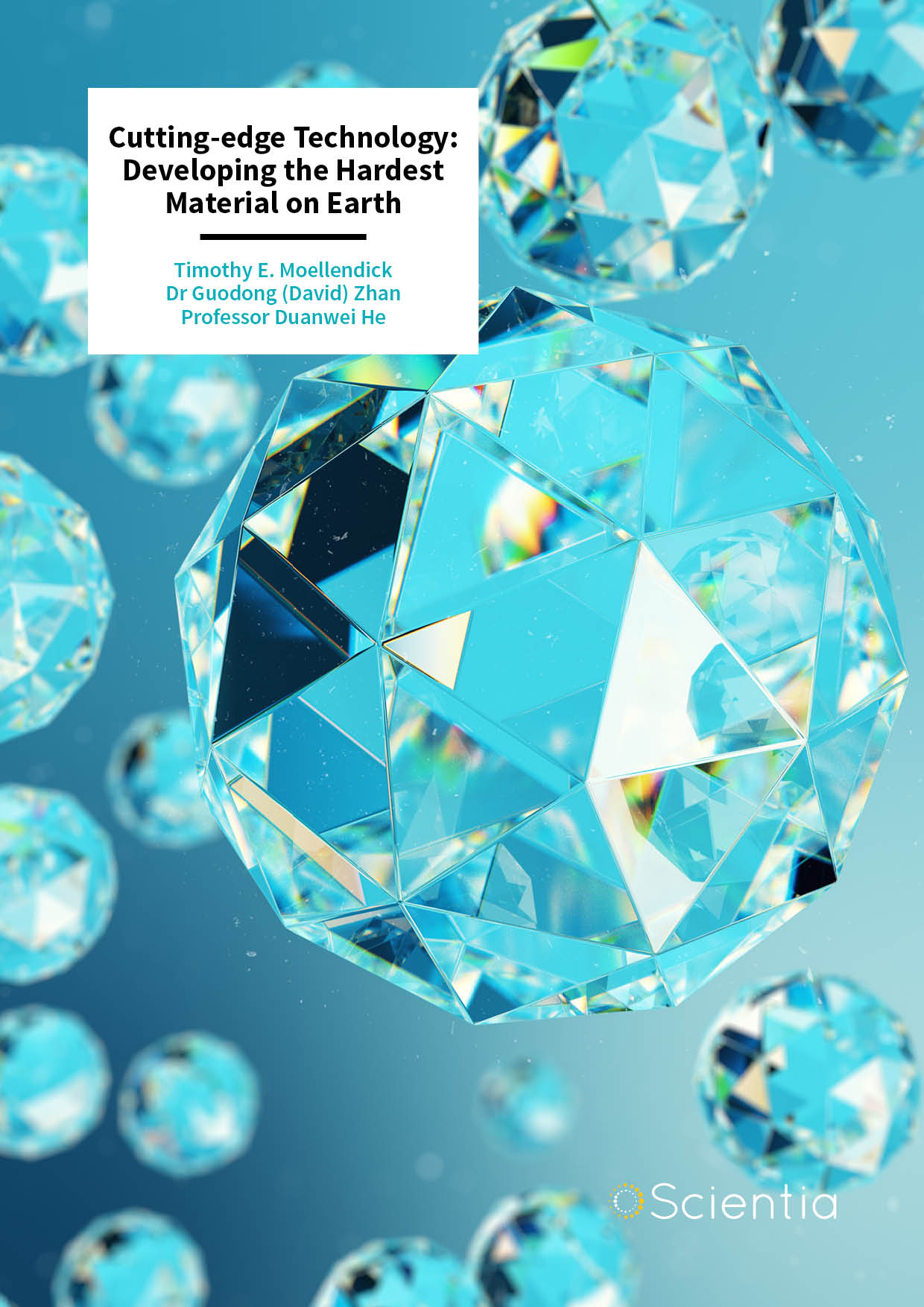
Dr Guodong (David) Zhan | Timothy Eric Moellendick | Dr Duanwei He – Cutting-edge Technology: Developing the Hardest Material on Earth
Because of its extreme hardness, diamond is used as a cutting material in a multitude of fields, from aerospace engineering to geothermal energy. Using ultra-high pressures and temperatures, scientists have created a new form of diamond, which is now the hardest material known to humankind. Dr Guodong (David) Zhan and Timothy Eric Moellendick at Saudi Aramco, alongside Dr Duanwei He at Sichuan University, are the scientists behind this record-breaking substance, which will serve as an ‘indestructible’ cutting and drilling material.
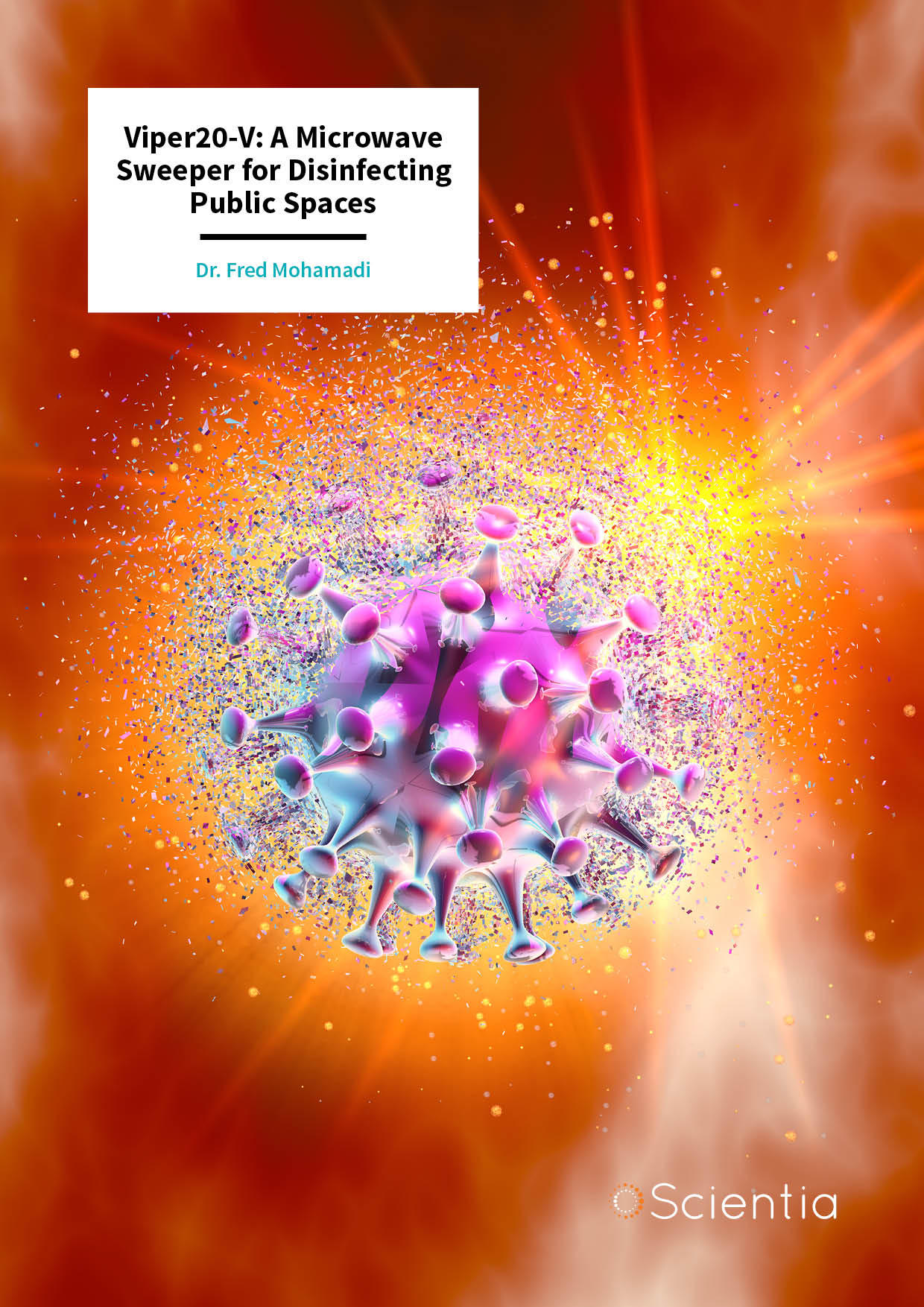
Viper20-V: A Microwave Sweeper for Disinfecting Public Spaces
While UV-based techniques have so far proved highly effective for virus inactivation on surfaces, resonance-induced inactivation by microwaves is far more suitable for use in the disinfection of public spaces. For this purpose, TiaLinx has designed a microwave sweeper device named Viper20-V: a radio-frequency source that provides continuous microwaves, with frequencies adjustable over an extensive range. Demonstrated through an intensive series of experiments, the low-power disinfection technology could soon prove essential in helping economies to recover from the COVID-19 pandemic.
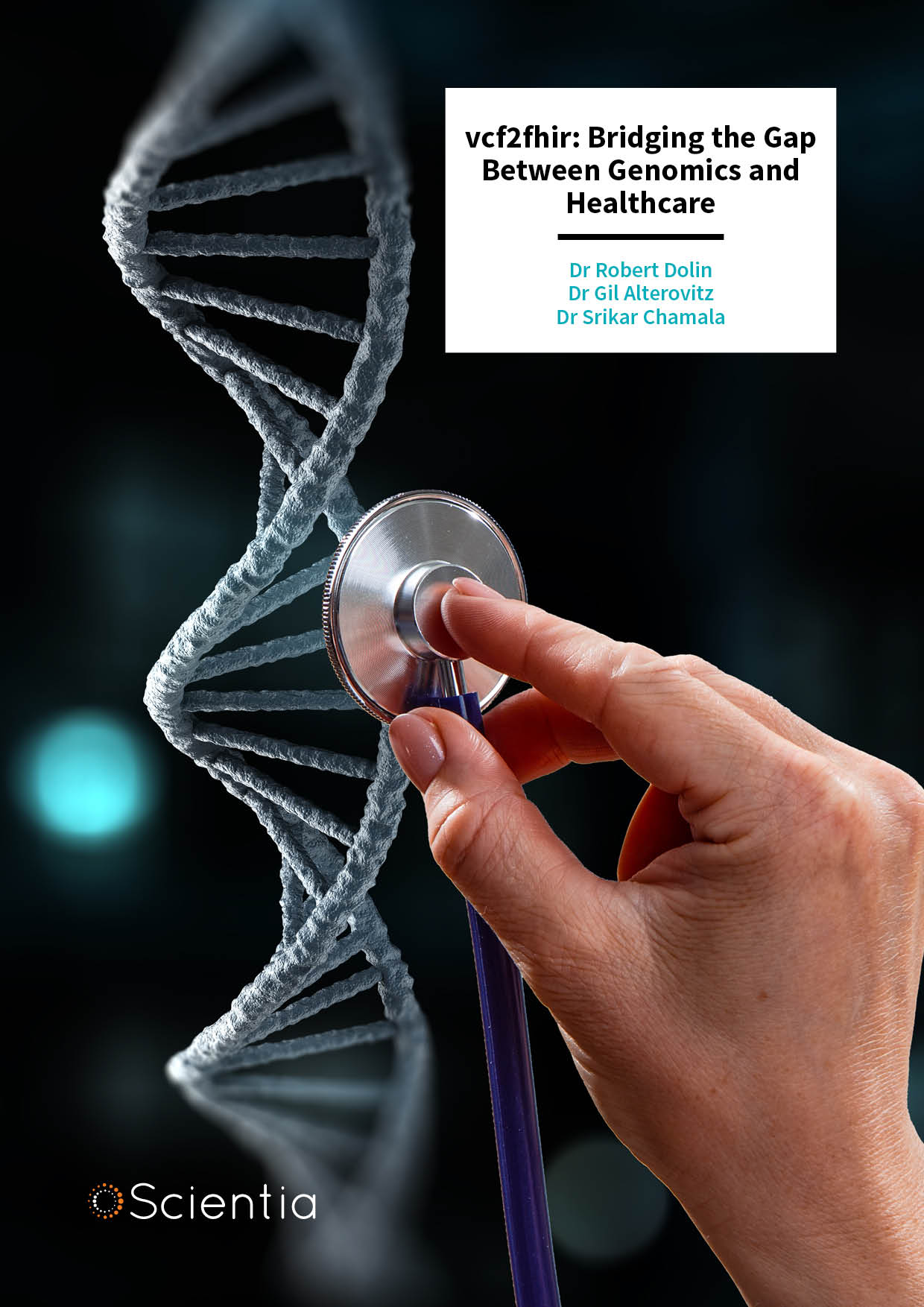
Dr Robert Dolin | Dr Srikar Chamala | Dr Gil Alterovitz – vcf2fhir: Bridging the Gap Between Genomics and Healthcare
On molecular scales, the responses of our bodies to particular medical treatments are deeply engrained in our unique genetic codes. Yet so far, the advanced computer science technologies used to study patient responses and molecular-scale mechanisms have remained entirely independent from each other. Now, Dr Robert Dolin of Elimu Informatics, Dr Srikar Chamala at the University of Florida, and Dr Gil Alterovitz at Brigham and Women’s Hospital, address this issue through vcf2fhir: a resource capable of converting between the file formats used by both fields. Through future improvements, his team’s approach could soon transform the ways in which crucial clinical decisions are made.
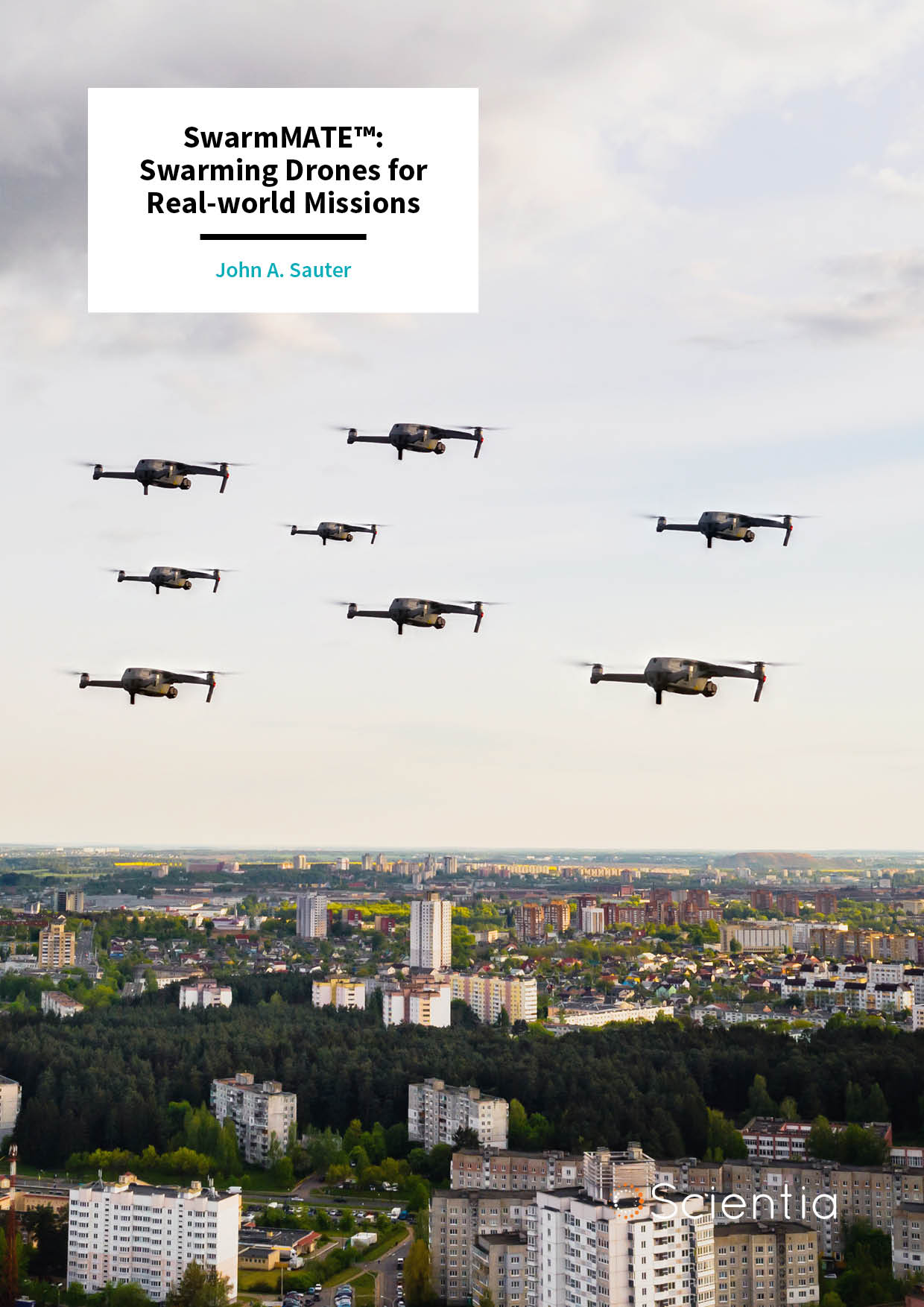
SwarmMATE™: Swarming Drones for Real-world Missions
The idea of unmanned drones flying together in expansive swarms may at first sound chaotic and unpredictable – yet with the right approach, these machines can enable their users to carry out coordinated and highly advanced missions. Through their research, John Sauter and colleagues at SoarTech have developed DSOARS – a transformative software that enables drones to mimic the behaviours of swarming animals found in nature. Their architecture now paves the way for real-world applications – from tracking forest fires and storms to aiding rescue missions.
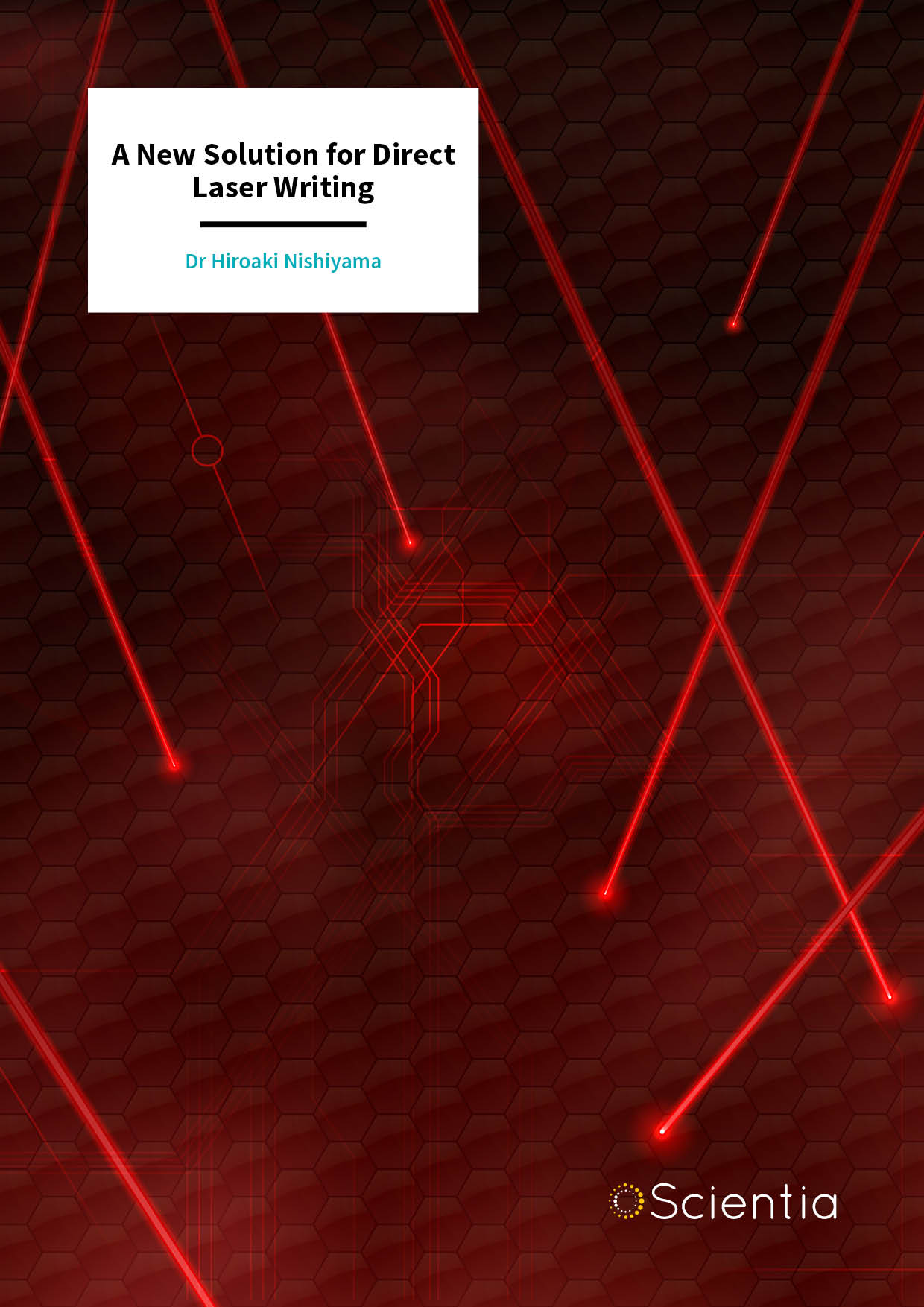
Dr Hiroaki Nishiyama – A New Solution for Direct Laser Writing
Direct Laser Writing is a remarkably useful way to deposit intricately patterned materials onto surfaces. So far, however, the range of materials that can be used in the technique has been severely restricted. Now, Dr Hiroaki Nishiyama and his team at Yamagata University in Japan introduce an entirely new approach based on the unique properties of nanoparticles when suspended in a silver-based solution. When illuminated with ultra-short laser pulses, the setup can create highly stable patterns with sophisticated nanoscale structures – substantially broadening the range of materials available for use in the technique.
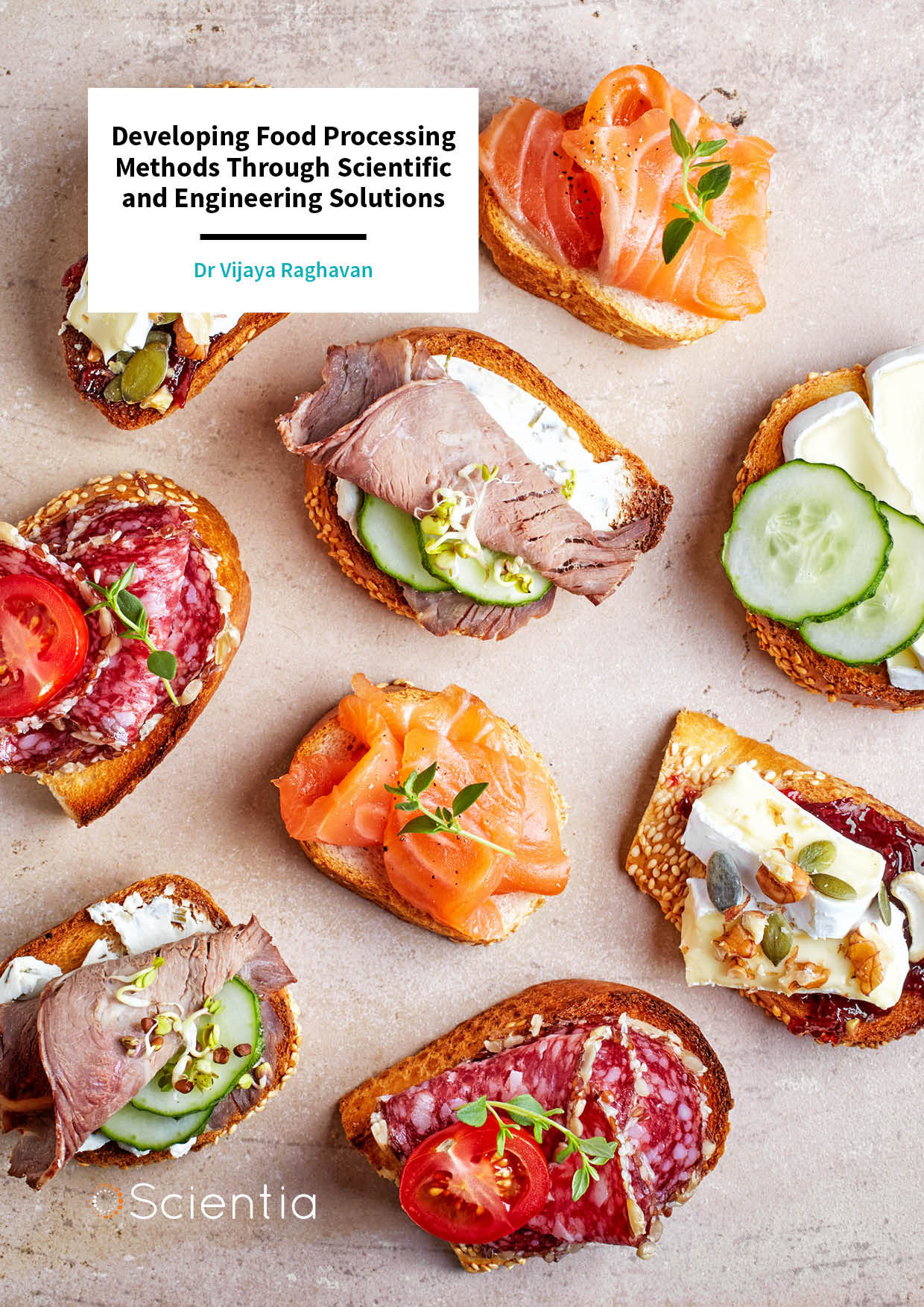
Dr Vijaya Raghavan – Developing Food Processing Methods Through Scientific and Engineering Solutions
The food processing industry generates enormous quantities of waste every year. On top of this, the way that food is processed can have negative impacts on the health of consumers. Therefore, it is vitally important to develop new food processing methods that consider human health while producing minimal waste. Dr Vijaya Raghavan and his research group at McGill University, Montreal, have been applying their expertise in chemistry and engineering to develop and optimise food processing techniques, to ensure the future health of people and the environment.
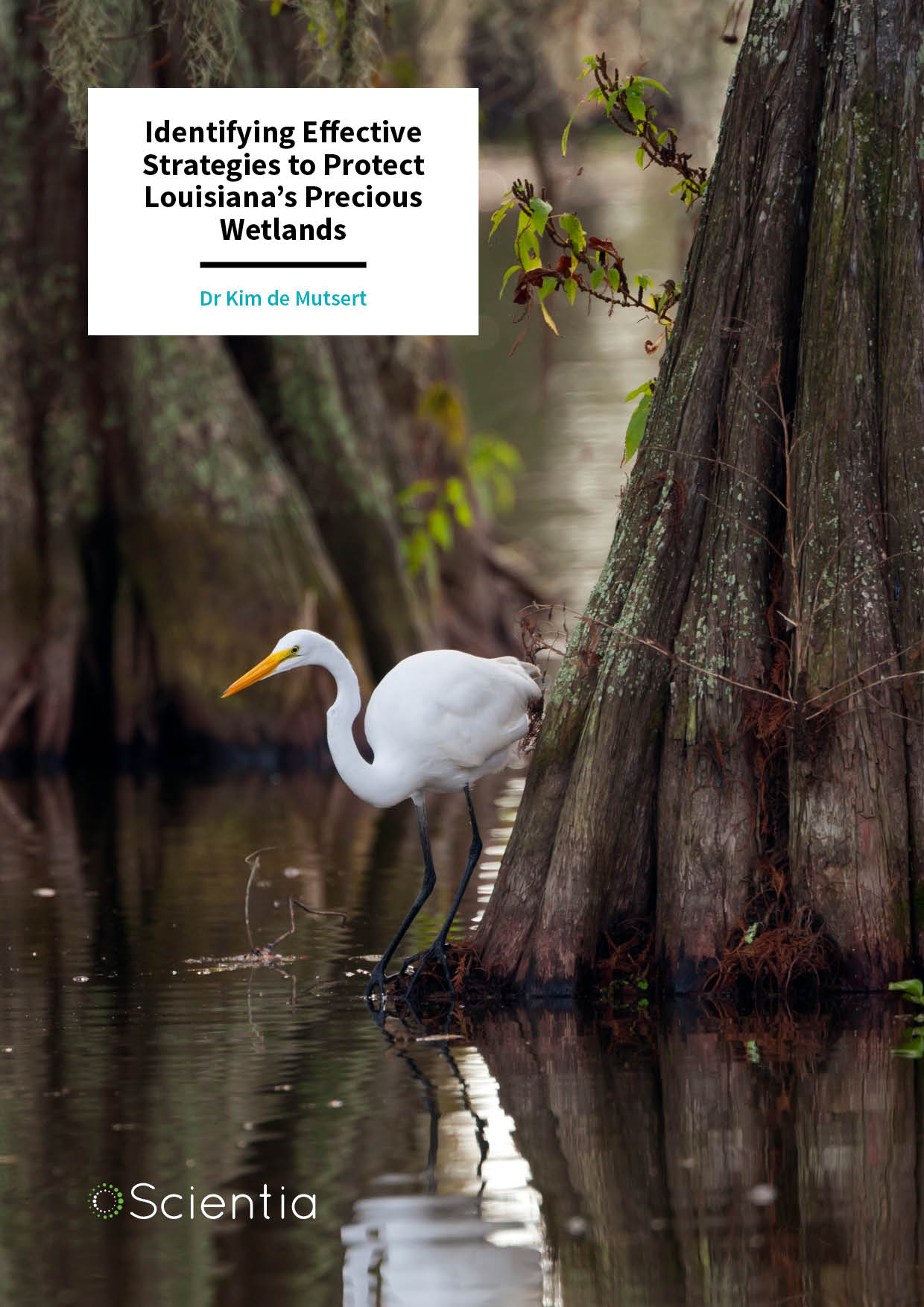
Dr Kim de Mutsert – Identifying Effective Strategies to Protect Louisiana’s Precious Wetlands
The Louisiana coastal zone is the fastest-eroding wetland in the US. This region is home to a variety of vitally important fish species for local fishing industry and ecosystems, which are currently under threat. Conservation schemes have been proposed under the 2017 Louisiana Coastal Master Plan in an attempt to preserve coastal habitats and their inhabitants. Dr Kim de Mutsert of the University of Southern Mississippi and her colleagues use simulations to reveal how different management strategies will affect fish and shellfish up to 50 years from now.
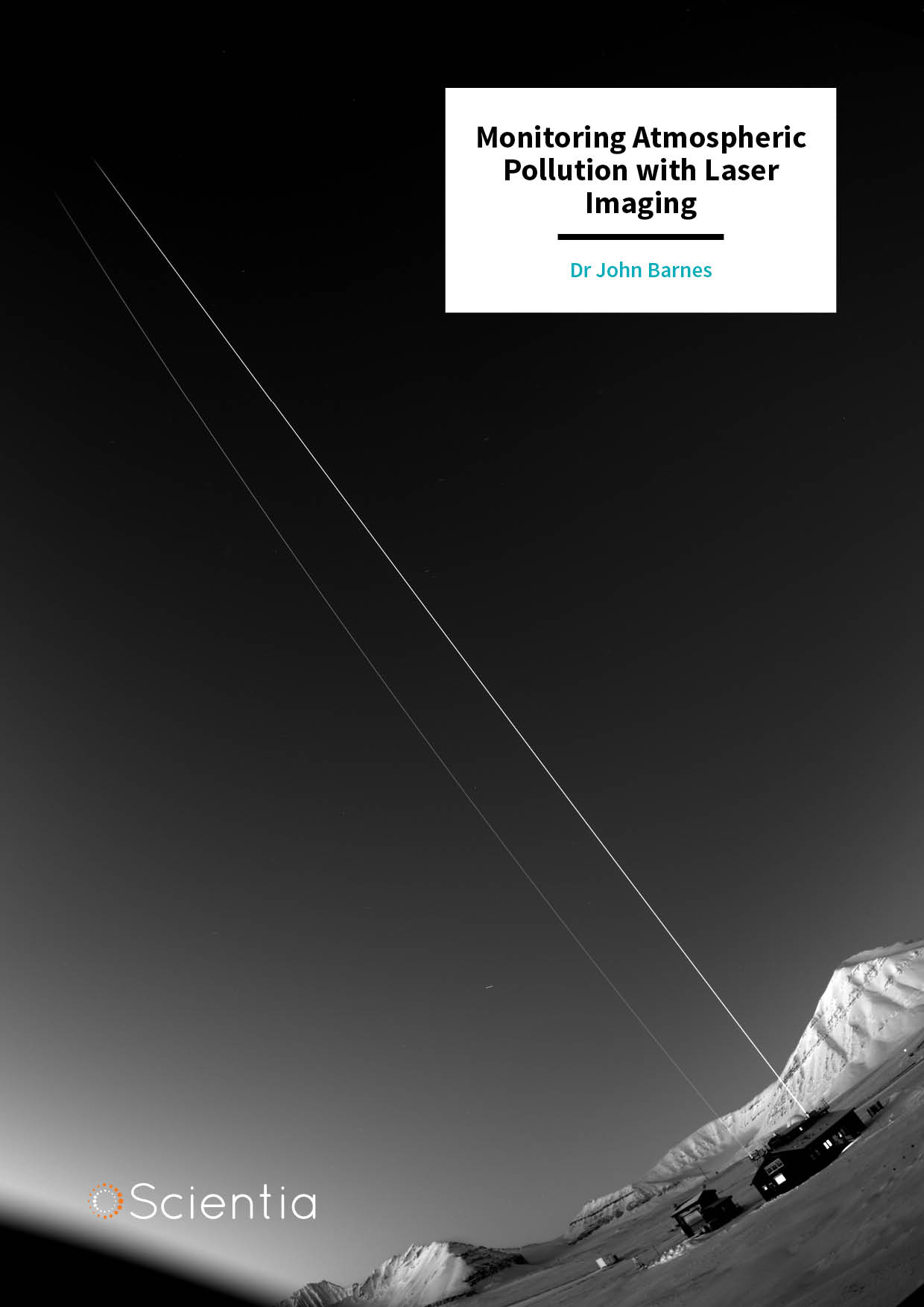
Dr John Barnes – Monitoring Atmospheric Pollution with Laser Imaging
Lidar (Light Detection and Ranging) is a laser-based remote sensing tool that can measure the concentration of small particles, called aerosols, in the atmosphere. Monitoring aerosols is crucial for climate modelling, air quality measurements, and understanding the health impacts of atmospheric pollution. However, existing lidar systems require sophisticated and expensive equipment and are usually deployed by research technicians. They also have trouble measuring atmospheric pollutants near the ground, where they impact human health. Scientist Dr John Barnes at NOAA in Boulder, Colorado, and his colleagues have developed an inexpensive and straightforward commercial lidar solution using widely available camera and optical equipment.
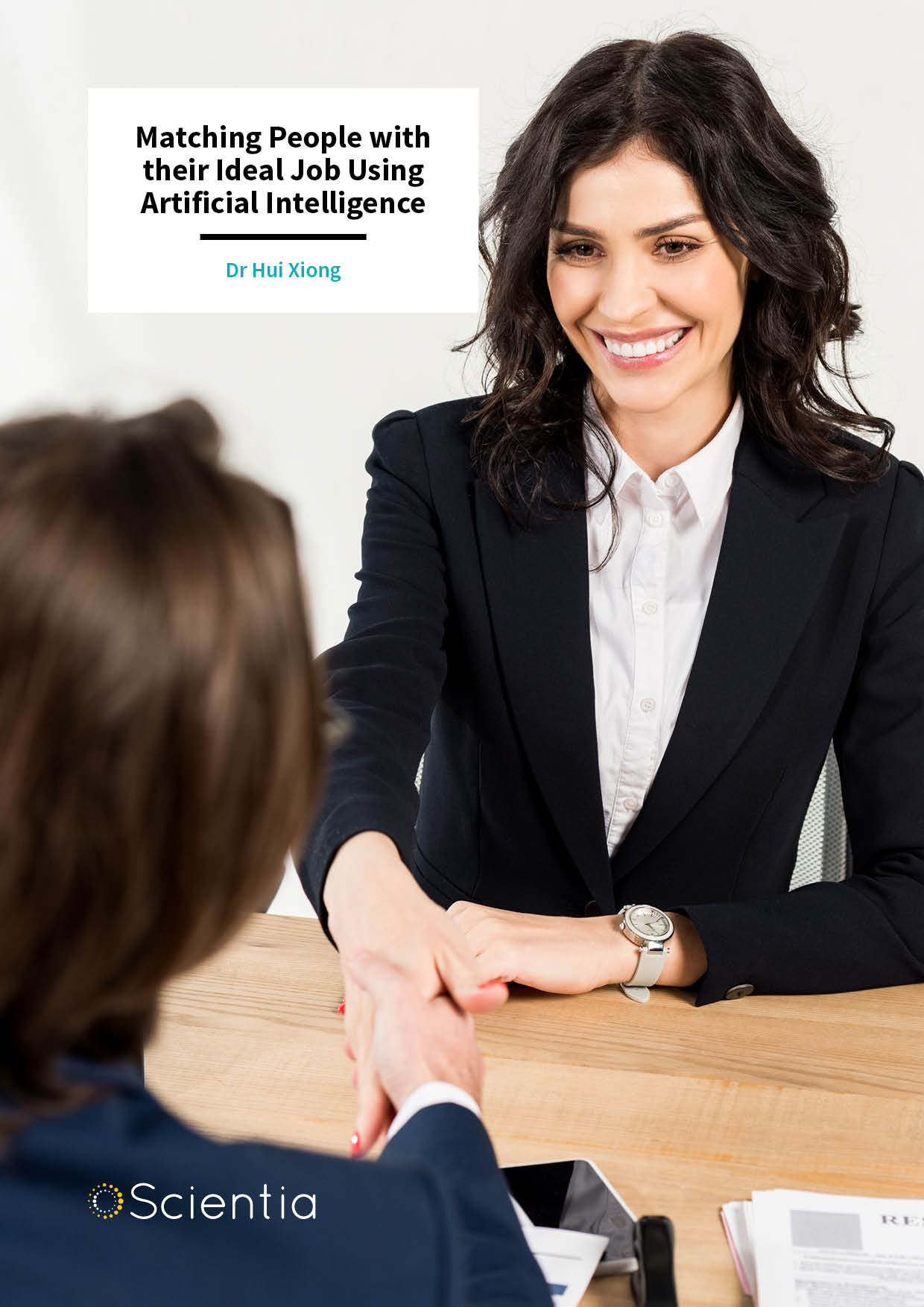
Dr Hui Xiong – Matching People with their Ideal Job Using Artificial Intelligence
The main responsibility of recruitment consultants is to match individuals to jobs that best suit their professional experience, skills, capabilities, dispositions, and academic background. Dr Hui Xiong at Rutgers University has been leading efforts to develop tools based on artificial neural networks that can automatically identify the right individuals for specific roles. Over the past few years, he has led efforts to design a comprehensive intelligent HR management system that could bring significant intelligence in human resource management.
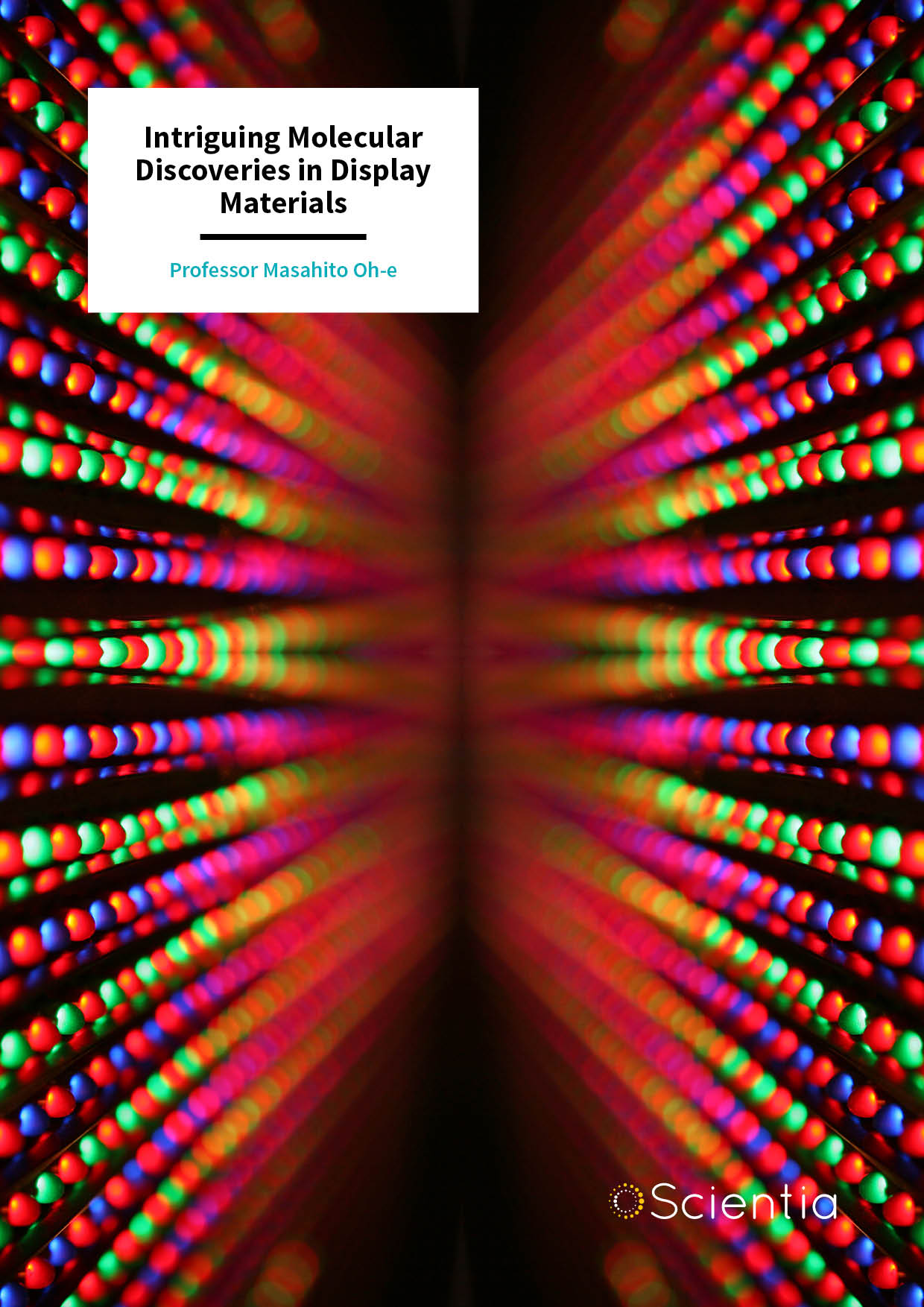
Professor Masahito Oh-e – Intriguing Molecular Discoveries in Display Materials
It is a widely-accepted scientific fact that the motions of molecules increase as their temperature rises. However, Dr Masahito Oh-eat the National Tsing Hua University in Taiwan has recently made a counterintuitive discovery in an organic semiconductor called ‘CADN’. Within a thin film of this material, his team has found that the motion of one part of the CADN molecule increases, while another part becomes more ordered as the temperature increases and approaches the material’s phase transition. This research is scientifically intriguing, but also has profound implications for improving display technologies based on organic semiconductor materials.

Professor László Forró – Perovskite-based Sensors: Detecting Energetic Photons with Extreme Sensitivity
Organo-metallic perovskite crystals are widely known for their ability to boost the performance of solar cells, with efficiencies reaching 25% and beyond. This is because photons of light can mobilise electrons in these materials with very high efficiency. Professor László Forró and his team at Ecole Polytechnique Fédérale de Lausanne have realised that this same ability could be harnessed in the development of high-performance sensors that detect photons of various energies. By integrating perovskite with graphene or carbon nanotubes, the team’s detectors show outstanding sensitivity, with the ability to detect single photons. Their technologies are leading to new applications ranging from more sensitive medical diagnostics, to safer nuclear reactors.
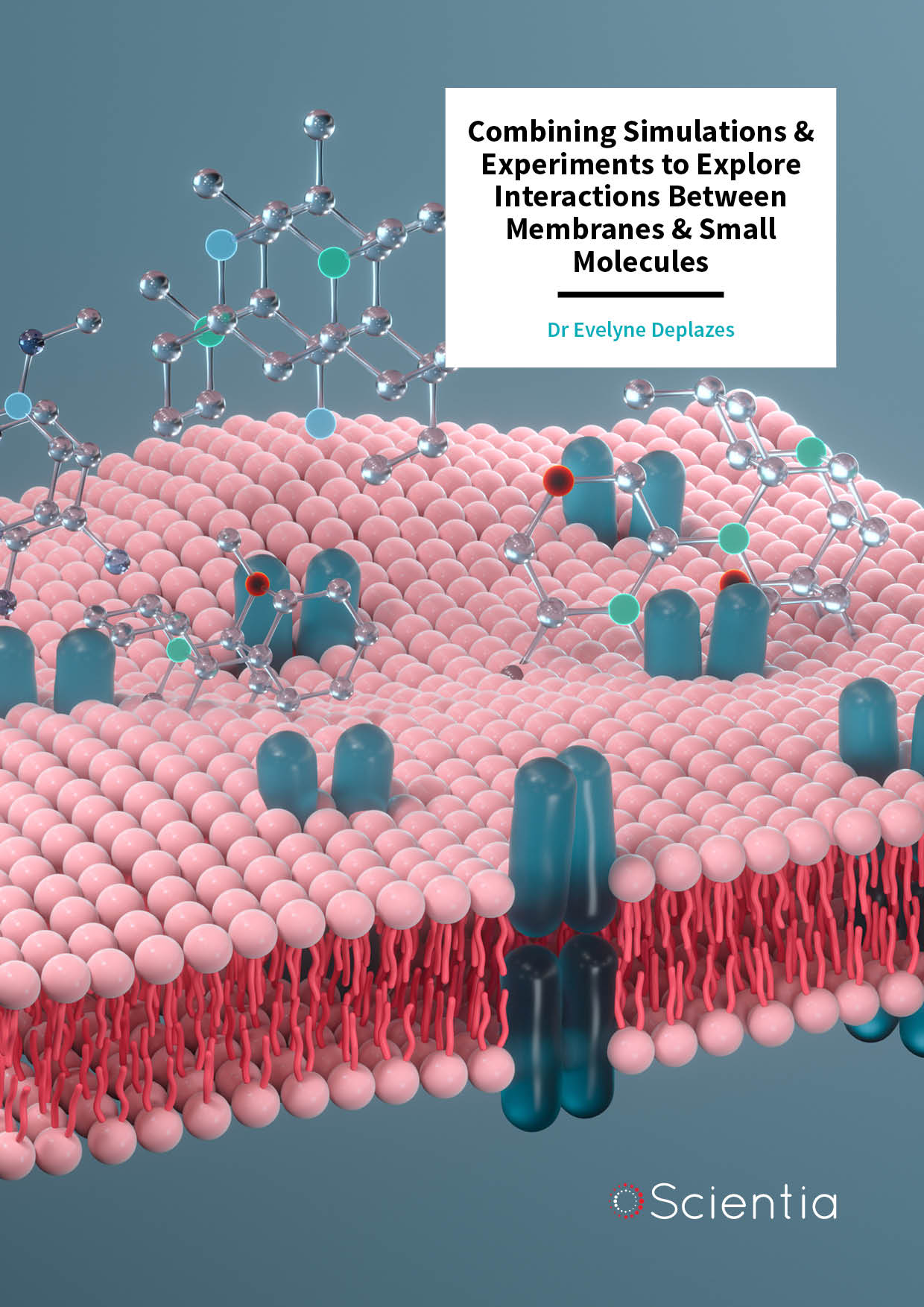
Dr Evelyne Deplazes – Combining Simulations & Experiments to Explore Interactions Between Membranes & Small Molecules
Many important processes in our bodies rely on the transport of small molecules and ions across cell membranes. However, these processes can be extremely intricate and complex, and are frustratingly difficult to study. Dr Evelyne Deplazes and her team at the University of Queensland and the University of Technology have been investigating these processes by combining the best elements of experimental and computational membrane biophysics. This research could help us better understand the way our bodies work, with exciting implications for biotechnology and drug development.
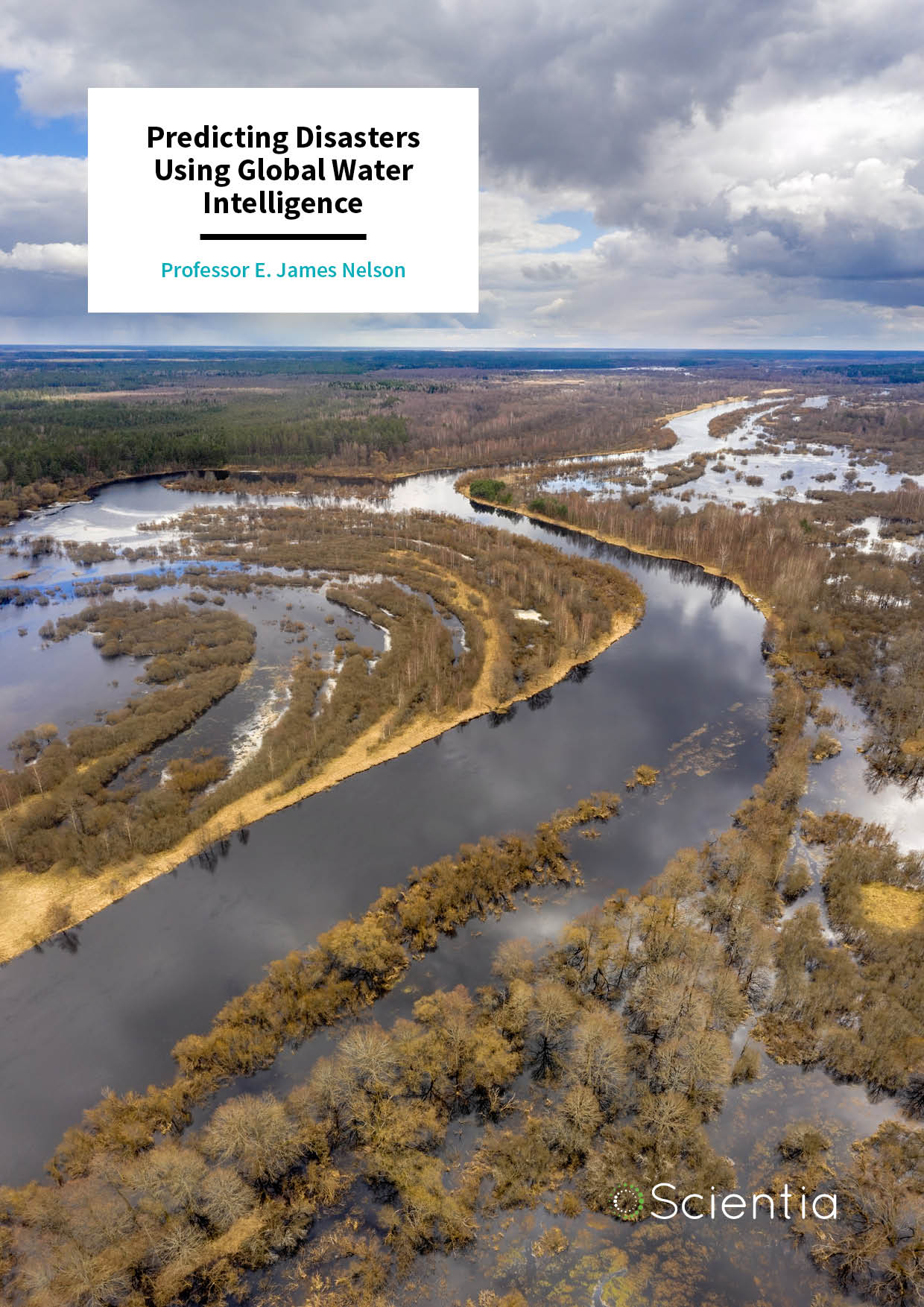
Professor Jim Nelson – Predicting Disasters Using Global Water Intelligence
Accurate knowledge of the water cycle is essential for predicting disasters such as floods and droughts. However, it’s not easy to obtain good information from traditional weather and water forecasts. The Group on Earth Observations Global Water Sustainability initiative (GEOGloWS) provides hydrologic forecasts through an accessible web service to assist local water users. Partnering with water scientists worldwide, Professor Jim Nelson of Brigham Young University worked with the European Centre for Medium-Range Weather Forecasts to develop a global streamflow service. This service provides local communities with actionable water intelligence, enabling them to focus on solutions to water-related problems.
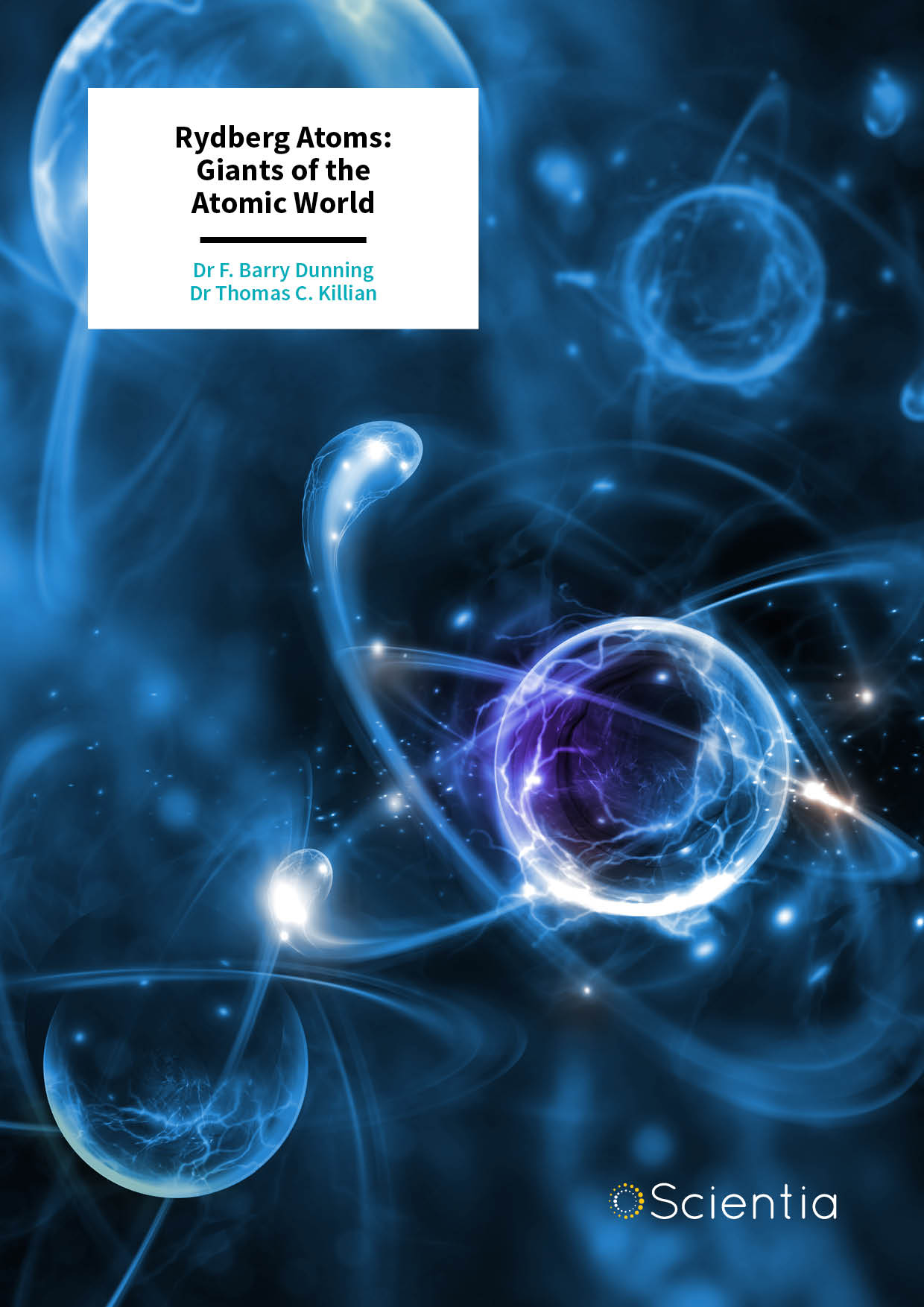
Rydberg Atoms: Giants of the Atomic World
The creation of giant atoms whose size is comparable to that of a grain of sand might sound like the stuff of science fiction, but in fact such species exist in nature and can now be created in the laboratory using advanced laser systems. Such exotic atoms, in which one electron is placed in a highly-energetic state, are termed Rydberg atoms, after the Swedish spectroscopist J. R. Rydberg who first characterised their properties. As might be expected, such extreme atoms possess very unusual physical and chemical properties. Their study has provided many new insights into the properties of Rydberg atoms themselves, their interactions with other atoms and molecules, and phenomena that arise from their collective interactions. The extreme properties of Rydberg atoms now enable emerging technological applications in sensing and quantum computation.
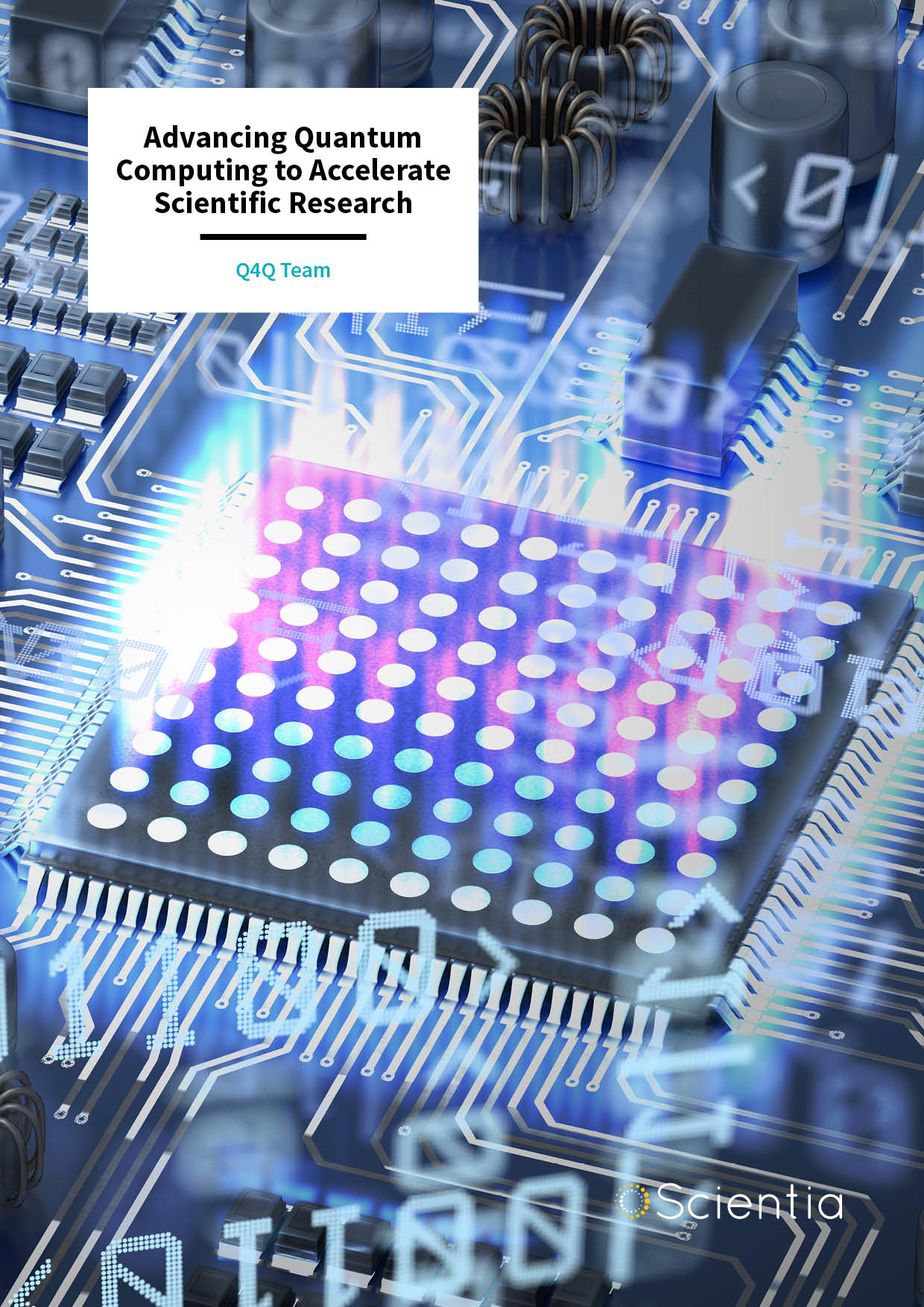
Advancing Quantum Computing to Accelerate Scientific Research
Over the past few years, the capabilities of quantum computers have reached the stage where they can be used to pursue research with widespread technological impact. Through their research, the Q4Q team at the University of Southern California, University of North Texas, and Central Michigan University, explores how software and algorithms designed for the latest quantum computing technologies can be adapted to suit the needs of applied sciences. In a collaborative project, the Q4Q team sets out a roadmap for bringing accessible, user-friendly quantum computing into fields ranging from materials science, to pharmaceutical drug development.

Dr Rosa Di Felice – Identifying Optimum Enzymes for Gene Editing Through Simulations
Genome editing offers huge benefits in both healthcare and agriculture. Therefore, developing new and improved tools for editing the genomes of humans, animals and plants is a rapidly growing area of research. Dr Rosa Di Felice and her team from the University of Southern California are helping to further this effort by performing computational simulations that support experimentalists in their search. They are particularly interested in studying the mechanisms involved in gene editing using enzymes, to find out how their precision can be improved.
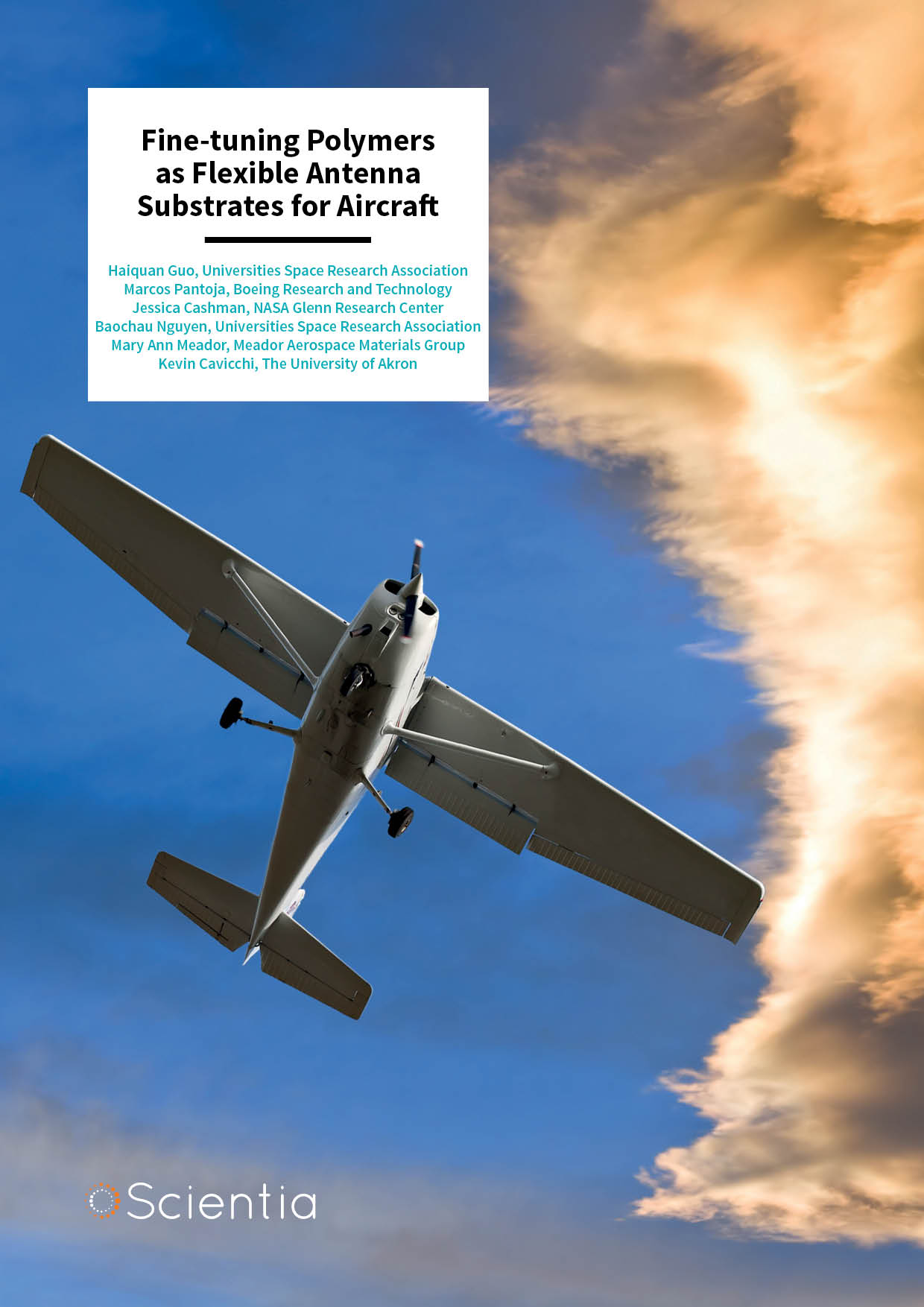
Fine-tuning Polymers as Flexible Antenna Substrates for Aircraft
The pursuit to design more lightweight aircraft that can travel over greater distances never ceases. One area that has received much attention is the development of lighter and more aerodynamic antennas. Researchers at the NASA Glenn Research Center are at the forefront of this effort. The research team, which includes Jessica Cashman, Baochau Nguyen, Haiquan Guo, Marcos Pantoja, Kevin Cavicchi, and Mary Ann Meador, is designing flexible polymer materials that can be used to construct lightweight, low-drag antennas that lie along the surface of an aircraft.
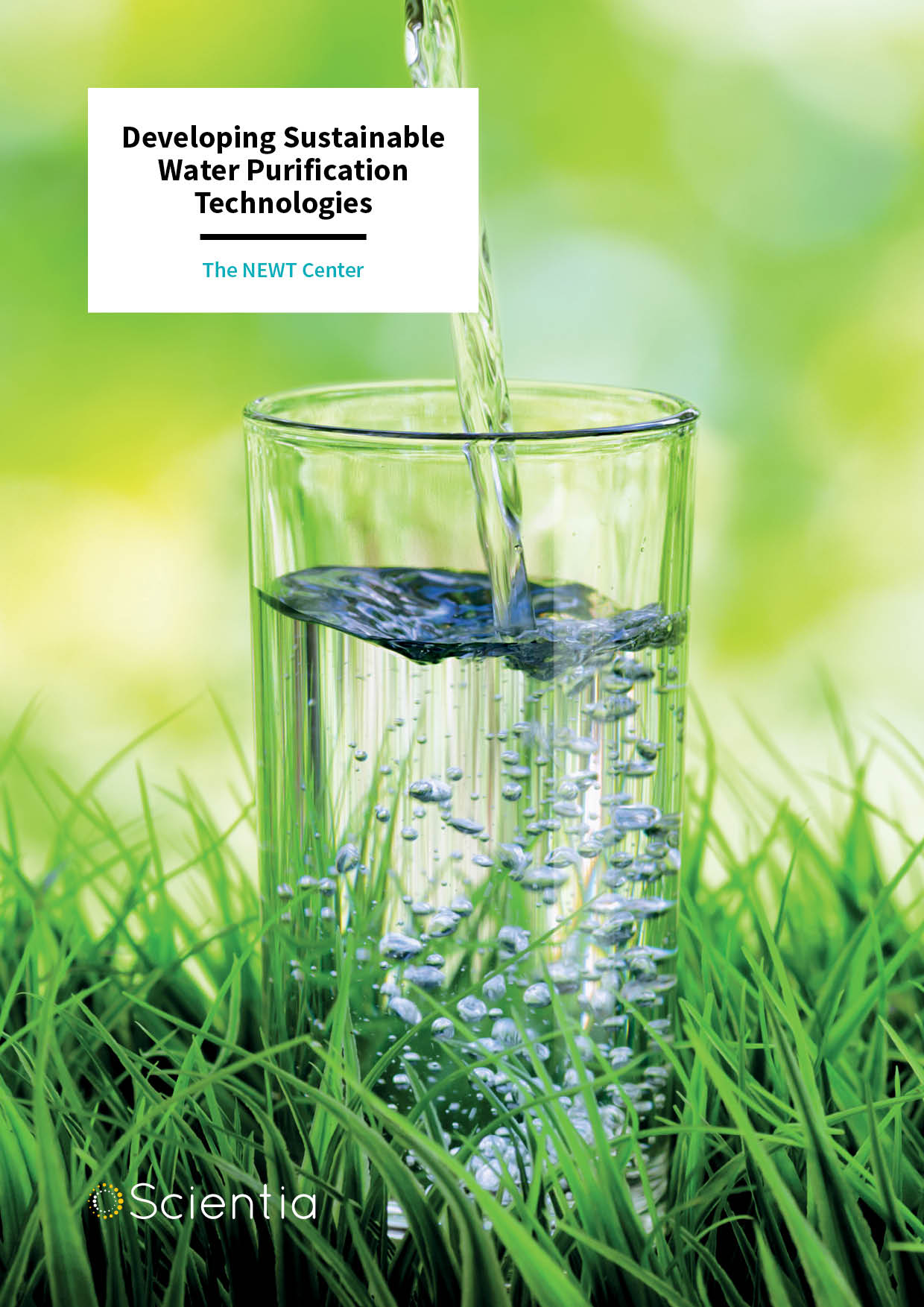
Developing Sustainable Water Purification Technologies
A significant proportion of the world’s population has little to no access to clean water, and the water consumed by industrial activities continues to grow. Researchers from the Nanotechnology Enabled Water Treatment (NEWT) Center, which is headquartered at Rice University, are developing cutting-edge purification technologies that can provide communities with access to clean and safe drinking water. They are also creating new wastewater treatment methods that allow the reuse of industrial effluent, to minimise freshwater withdrawals by industries. Instead of conventional methods that use large amounts of chemicals and energy, NEWT technologies are chemical free, and often utilise solar energy.
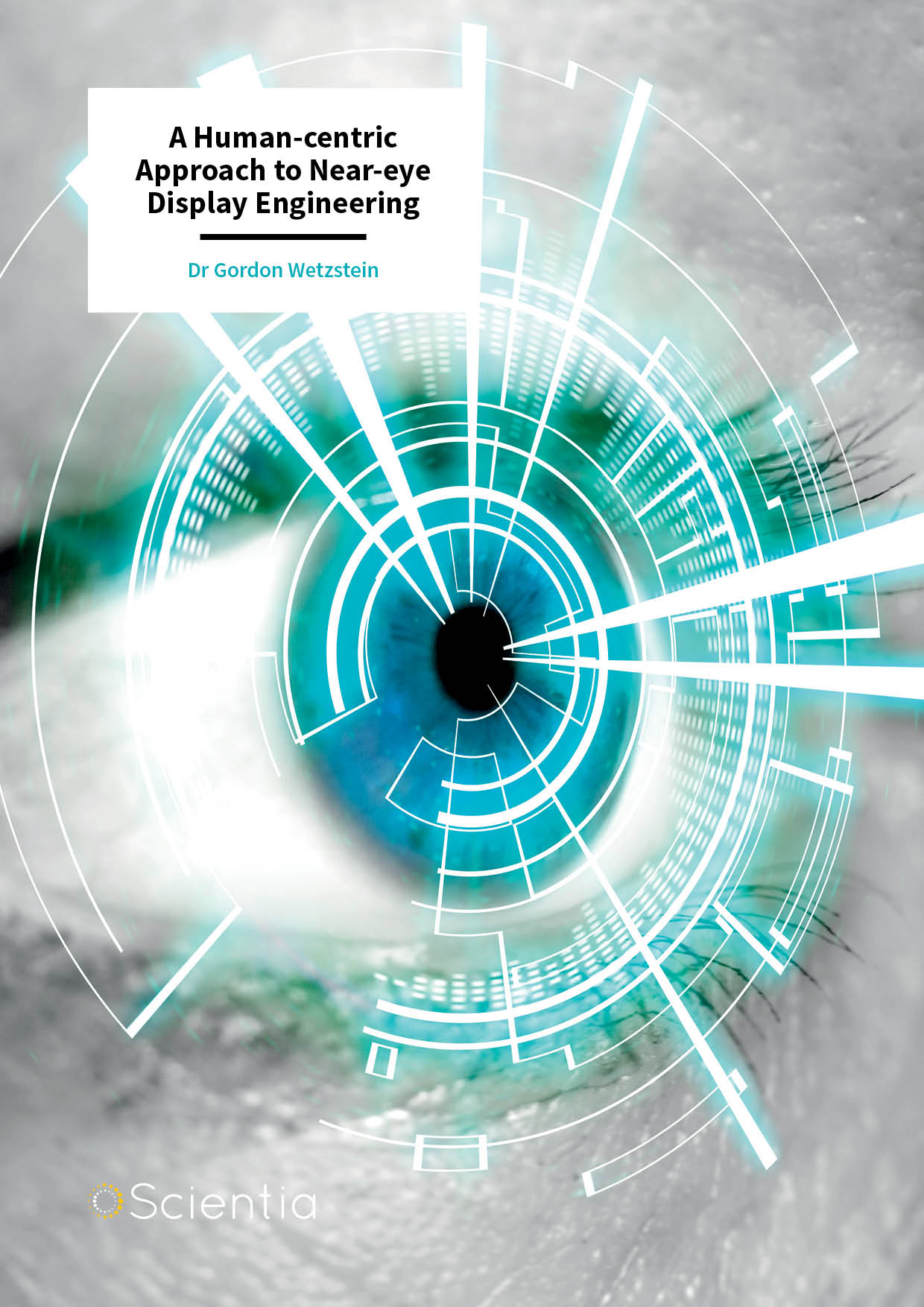
Dr Gordon Wetzstein – A Human-centric Approach to Near-eye Display Engineering
Virtual and augmented reality technologies are now rapidly gaining traction in our society. Yet even as they improve, these devices continue to face major challenges relating to the wide variability of human vision. In their research, Dr Gordon Wetzstein and his colleagues at Stanford University explore innovative new ways to overcome these challenges, through the latest advances in both optics and vision science. In demonstrating ground-breaking innovations to near-eye displays and sensors, the team’s work could soon bring enormous benefits to users spanning a diverse spectrum of visual ability.
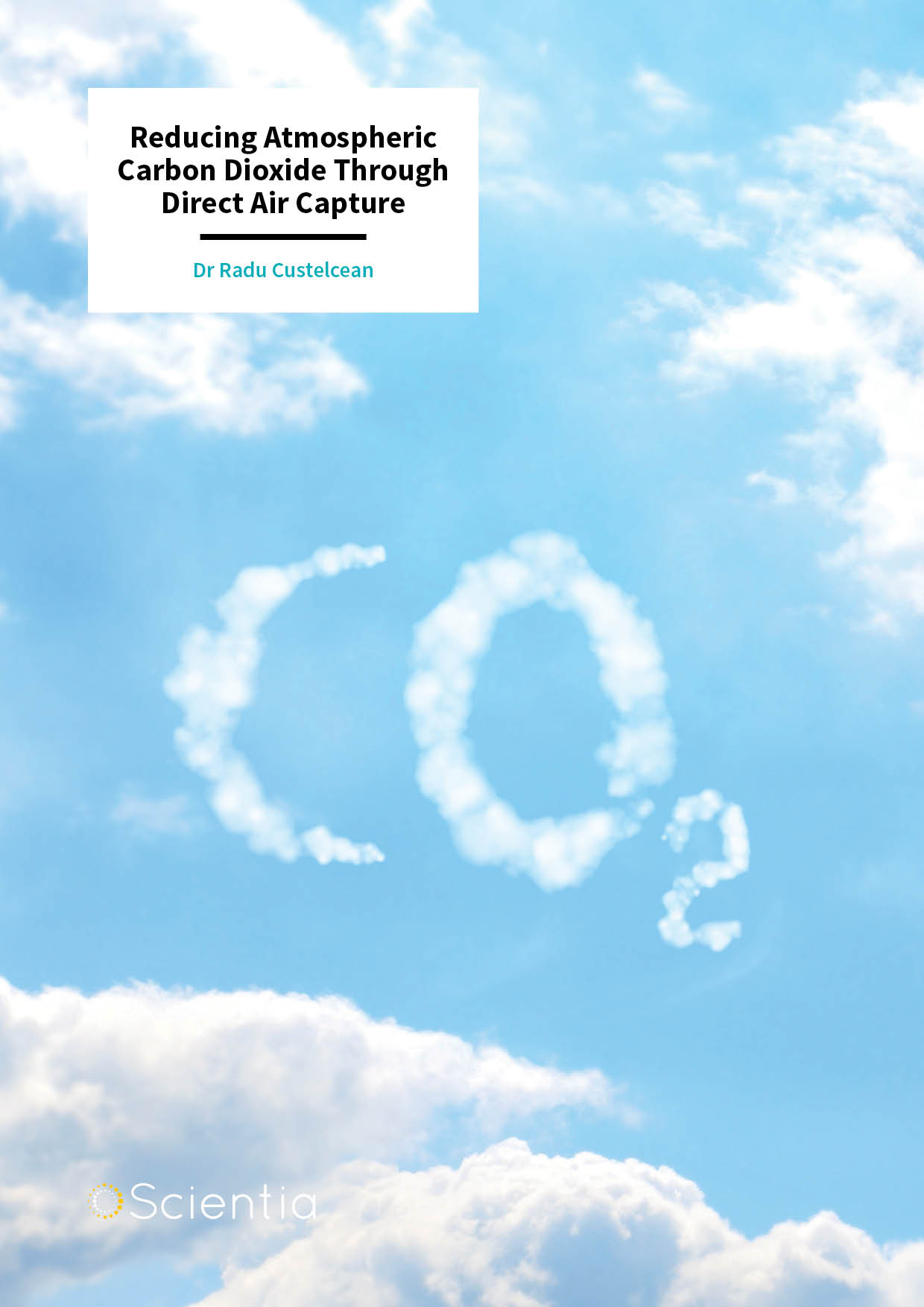
Dr Radu Custelcean – Reducing Atmospheric Carbon Dioxide Through Direct Air Capture
Climate change is mostly the result of elevated carbon dioxide emissions. Over the past two decades, research groups have been searching for new technologies that capture carbon dioxide from the atmosphere as an effective way of reversing climate change. Dr Radu Custelcean and his colleagues at the Oak Ridge National Laboratory in the US specialise in this endeavour. The team is developing novel materials and methods that filter carbon dioxide out of the air in an energy-efficient manner.
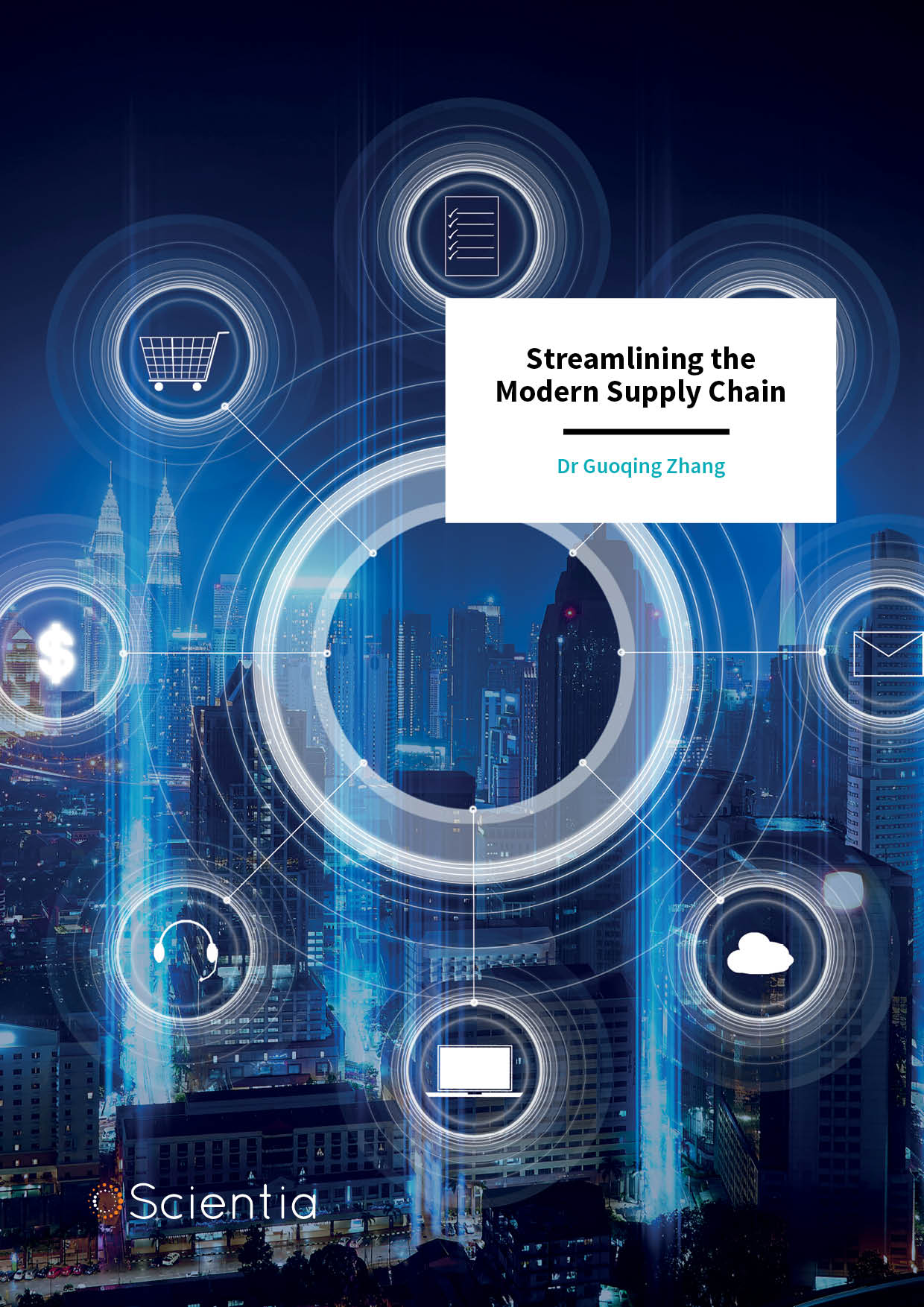
Dr Guoqing Zhang – Streamlining the Modern Supply Chain
The digital age has seen a profound shift in how we consume products. Not only have many of us shifted to doing most of our shopping online; new technologies are also transforming how products are produced. These shifts have brought about similarly monumental changes to the supply chains that bring products to the doorstep, presenting significant new challenges to the complex networks of groups involved. In his research, Dr Guoqing Zhang at the University of Windsor in Canada uses the latest computational techniques and optimisation algorithms to present smart solutions to these issues.
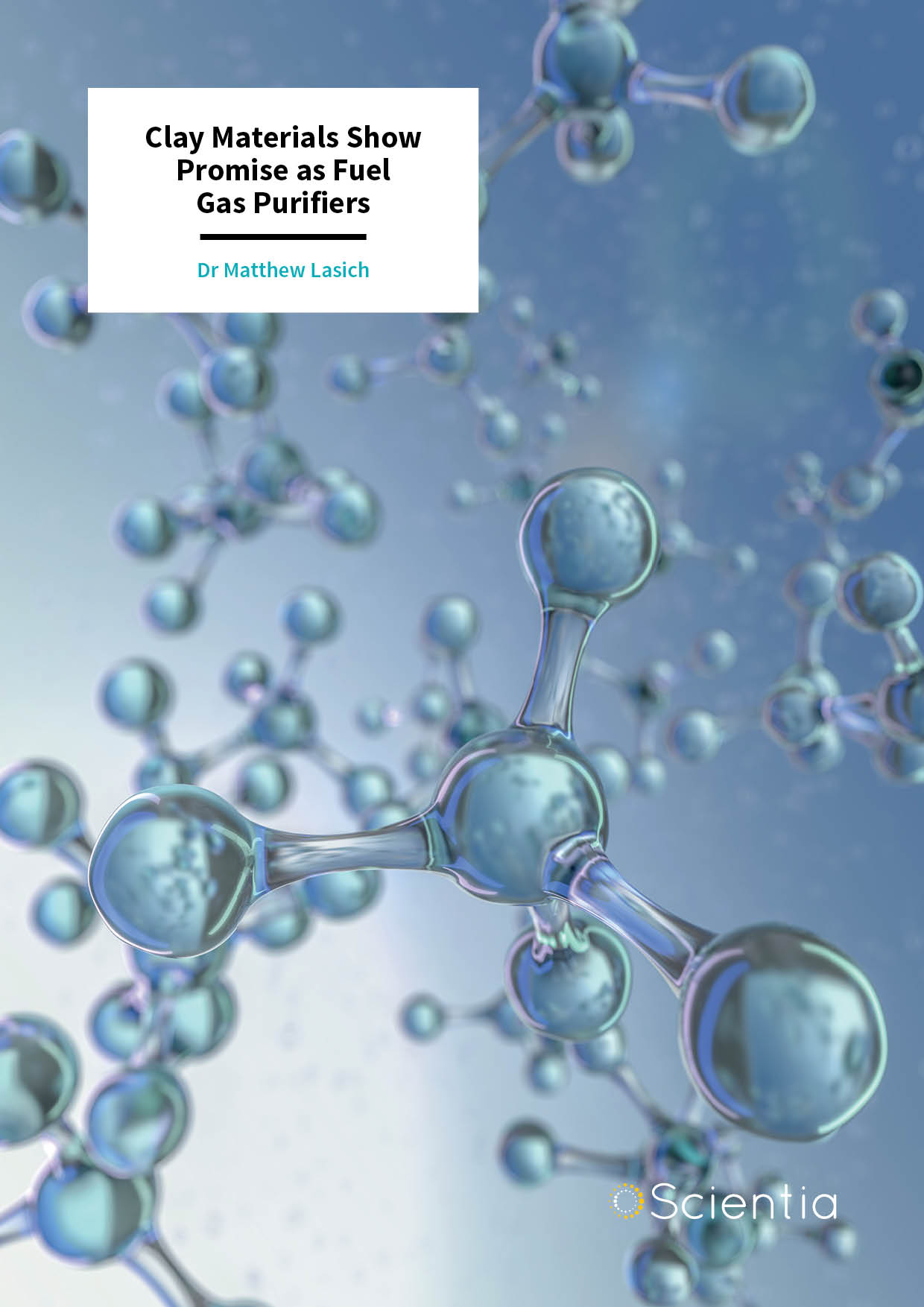
Dr Matthew Lasich – Clay Materials Show Promise as Fuel Gas Purifiers
Finding new and improved methods for purifying fuel gases, to both improve their efficiency and reduce their environmental impact, is an active area of research. Dr Matthew Lasich at Mangosuthu University of Technology in South Africa has been utilising computational modelling to discover how clay-based materials can increase the efficiency of fuel gas derived from wood and also reduce the amount of hydrogen sulphide found in natural and landfill gas.
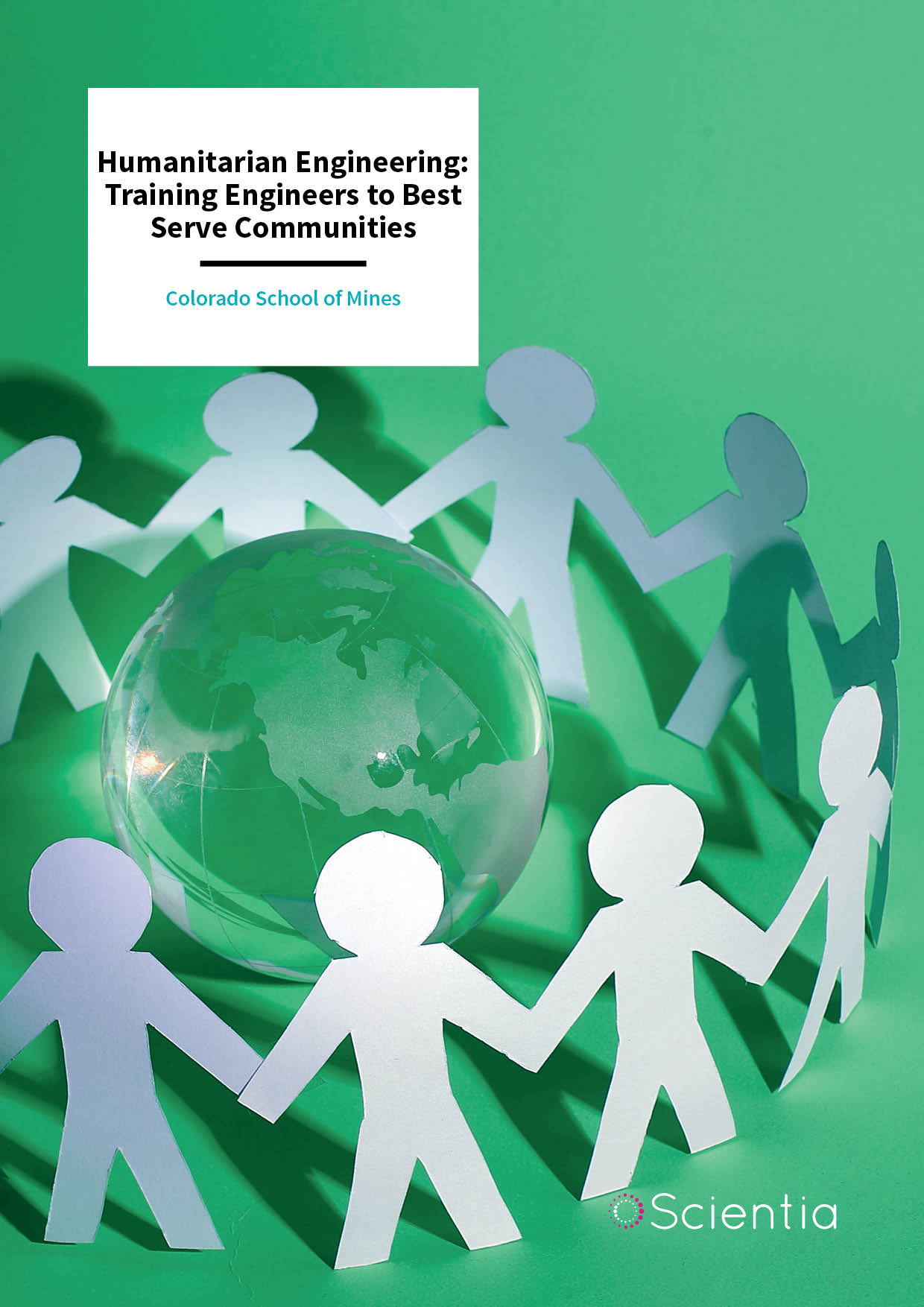
Colorado School of Mines – Humanitarian Engineering: Training Engineers to Best Serve Communities
Engineering is one of the most impactful and transformative fields of teaching, research, and practice, as it shapes the world we live in and ensures the functioning of many systems that maintain human life. The Colorado School of Mines created the first Humanitarian Engineering (HE) program to train engineering students to devise solutions that are efficient, ethical, socially responsible and sustainable. Its students work closely with the communities they serve, thinking critically about their needs.
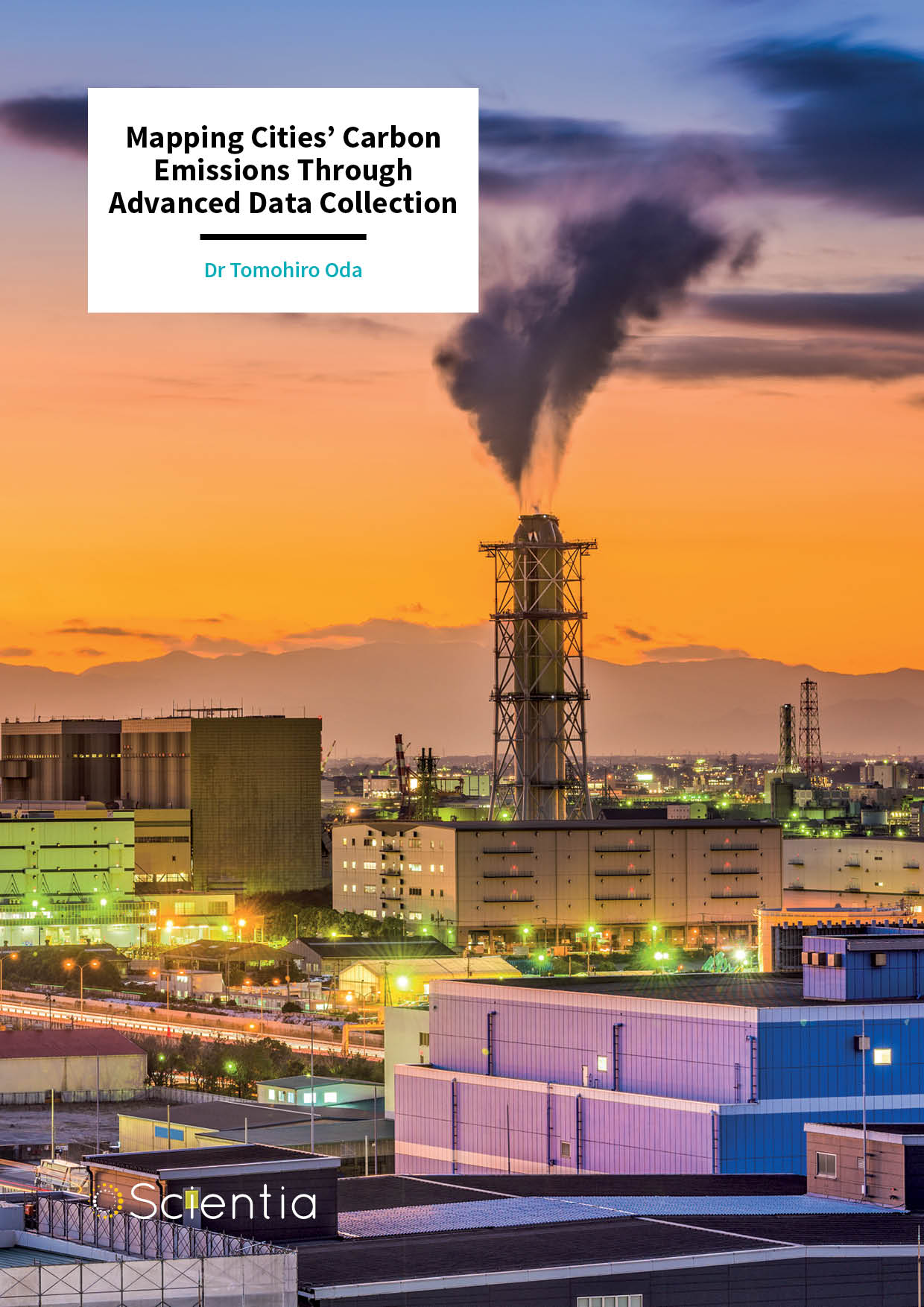
Dr Tomohiro Oda – Mapping Cities’ Carbon Emissions Through Advanced Data Collection
As global emissions of greenhouse gas continue to rise, it is increasingly important for researchers and policymakers to identify exactly where and how much greenhouse gas is emitted and absorbed worldwide for global climate change mitigation. Over the past decade, Dr Tomohiro Oda of the Universities Space Research Association (USRA) in Maryland has aimed to realise this need by combining emission data with night-time observations from satellites. Through this work, his team has now produced global maps that distinguish sources of carbon at unprecedented resolutions – high enough to identify variation across the regions where emissions are most intense: Earth’s cities.
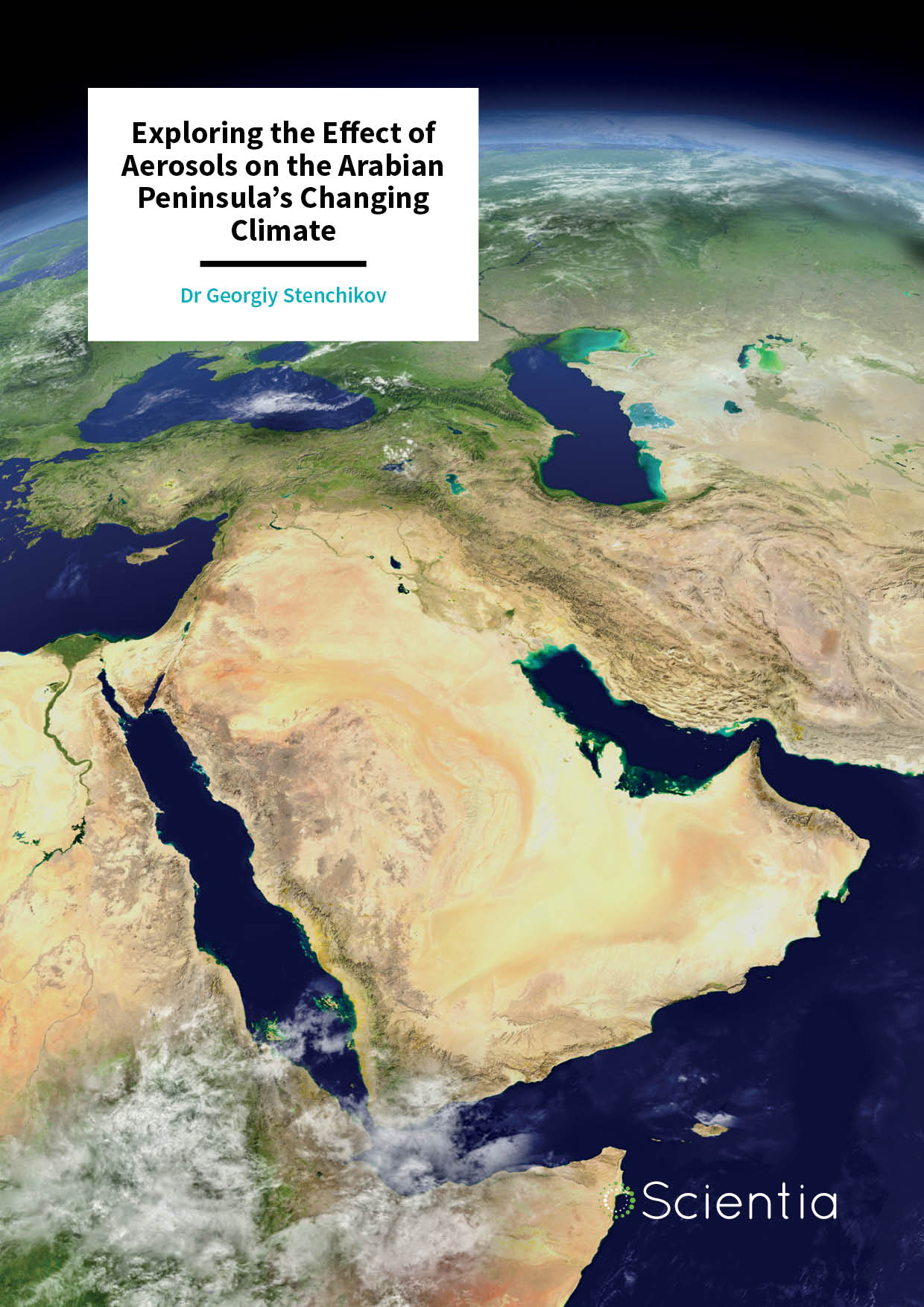
Dr Georgiy Stenchikov – Exploring the Effect of Aerosols on the Arabian Peninsula’s Changing Climate
Today, the Arabian Peninsula already faces a more daunting array of environmental challenges than most other regions on Earth. Yet as the climate changes, it is now expected to feel these adverse effects even more strongly in the coming decades. Using the latest modelling techniques, combined with ground-based observations, Dr Georgiy Stenchikov at King Abdullah University of Science and Technology in Saudi Arabia aims to make better predictions of how these changes will unfold. His work now provides critical guidance on how governments in the region should prepare for future shifts in climate and air quality.
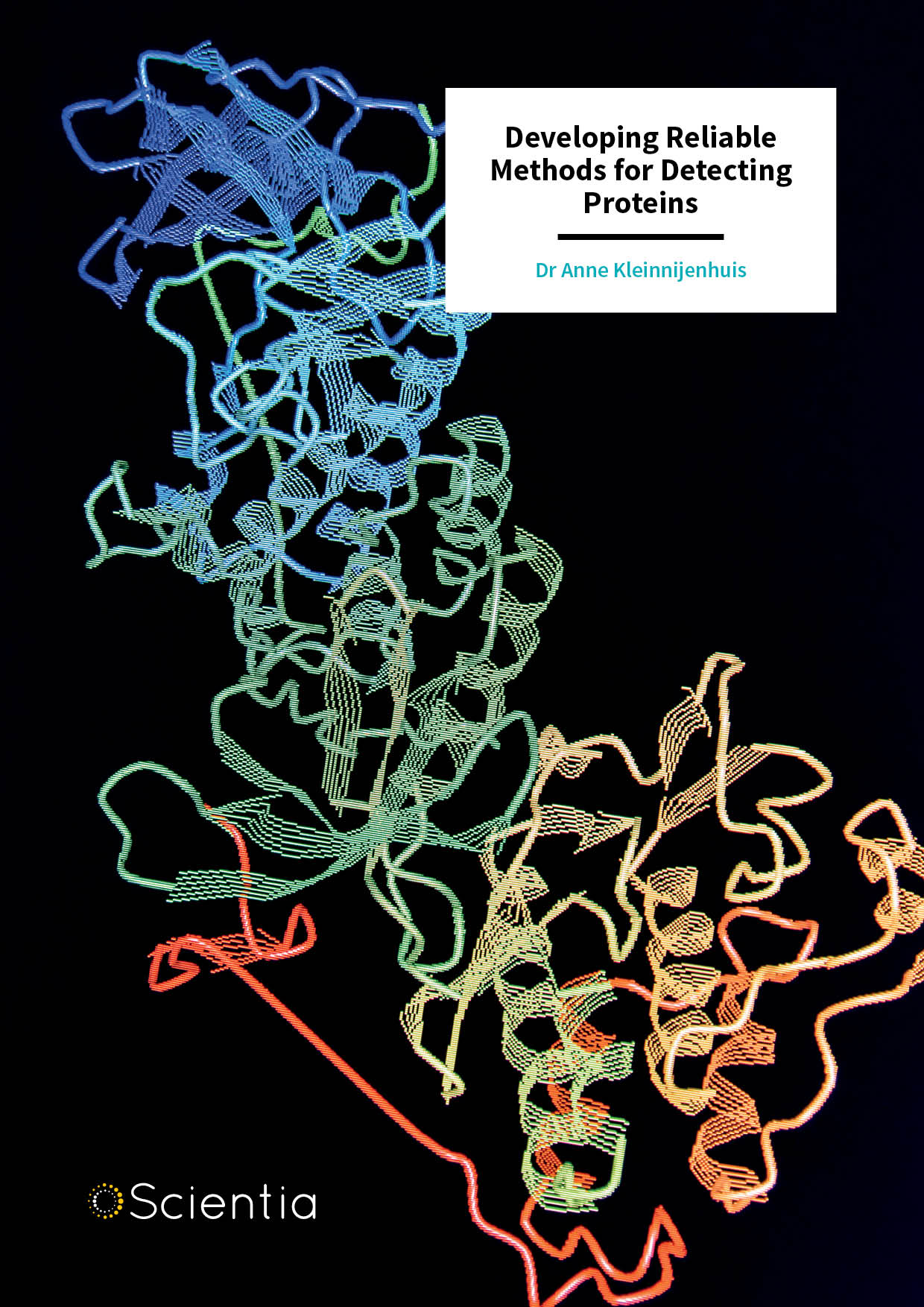
Dr Anne Kleinnijenhuis – Developing Reliable Methods for Detecting Proteins
Proteins are a fundamental building block of all living organisms. Knowing how to detect and quantify them and monitor their interactions is therefore vital in numerous different fields, from food science to pharmacology. Dr Anne Kleinnijenhuis and his colleagues at TRISKELION in The Netherlands specialise in the development of innovative analytical techniques for measuring proteins. Recently, they have been designing improved methods that have far-reaching applications in food preparation, pharmaceuticals and blood analysis.
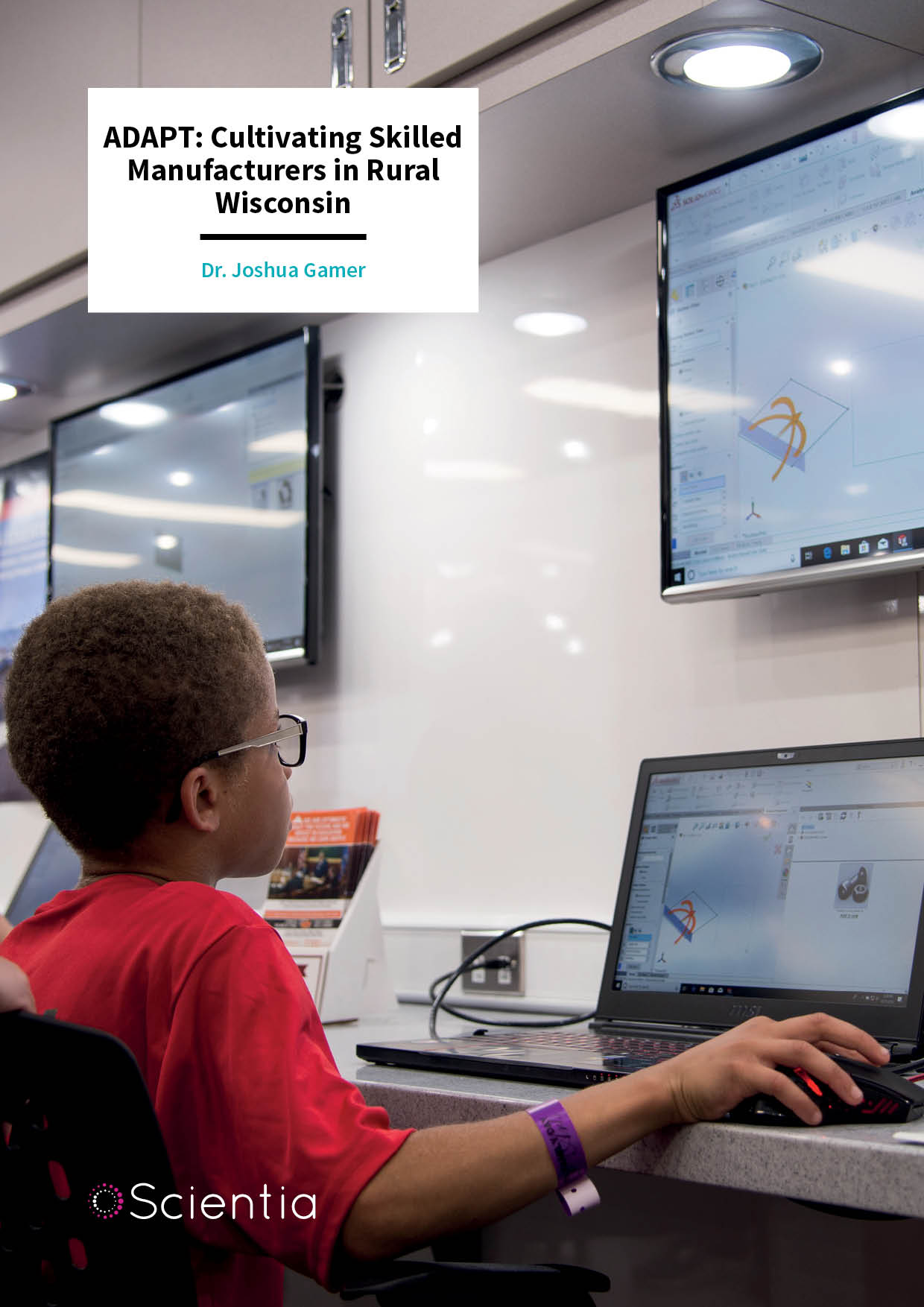
ADAPT: Cultivating Skilled Manufacturers in Rural Wisconsin
The manufacturing industry has long been central to the livelihoods of people in rural Wisconsin. Increasingly, however, the speed of change and innovation that many of these businesses need to incorporate to stay competitive are profound. This change, known as ‘Industry 4.0’, is being applied to businesses both large and small. In Western Wisconsin, the Trempealeau Valley Cooperative 2.0, Western Technical College and Ashley Furniture Industries are collaborating to develop a new educational model that will equip a new generation of students with the necessary skills to retain a cutting-edge manufacturing industry in the region.
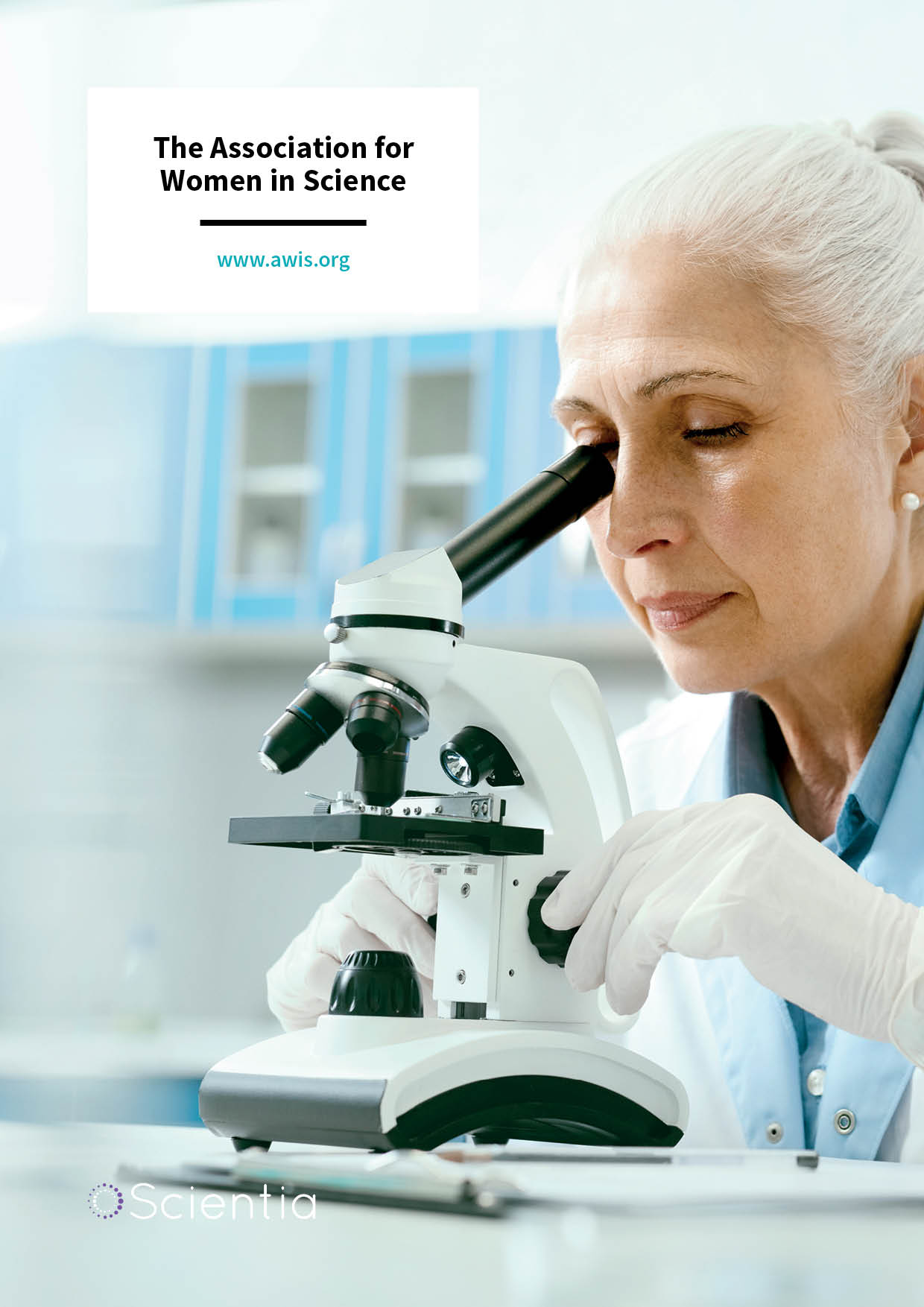
The Association for Women in Science
Founded almost 50 years ago, the Association for Women in Science (AWIS) is a global network that inspires bold leadership, research, and solutions that advance women in STEM, spark innovation, promote organisational success, and drive systemic change. In this exclusive interview, we speak with AWIS president and world-renowned biomedical innovator Dr Susan Windham-Bannister, who describes the barriers that women face in the STEM workplace, and the many ways in which AWIS supports women in science and works towards eliminating inequality through systemic change.
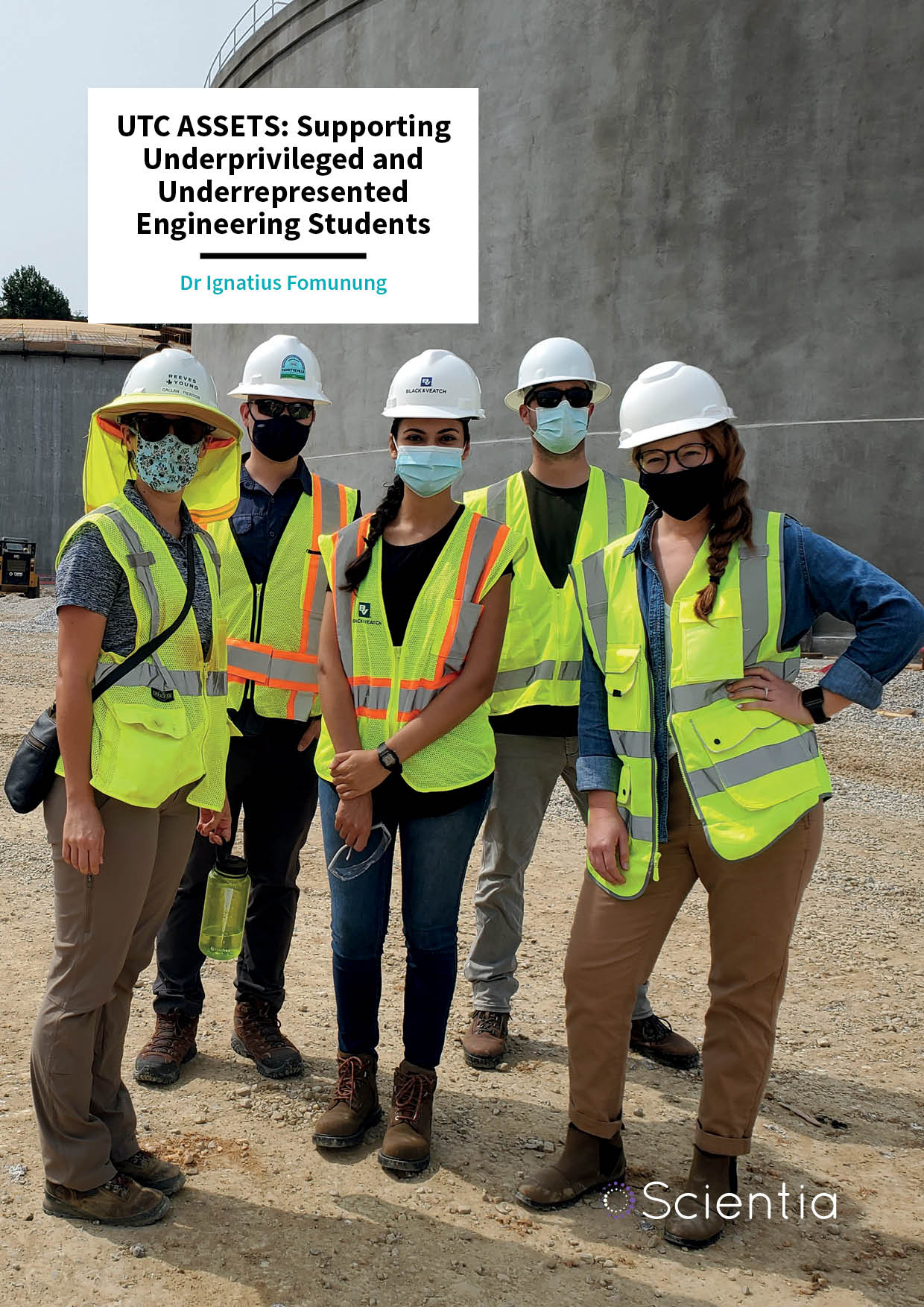
UTC ASSETS: Supporting Underprivileged and Underrepresented Engineering Students
When designing undergraduate engineering courses, educators typically assume that all new students will be academically prepared to begin higher education studies. The reality, however, is that not all students starting college are ‘college ready’, as some may have had fewer learning opportunities in the past. To help these students achieve their full potential, Dr Ignatius Fomunung and his colleagues at the University of Tennessee Chattanooga created ASSETS. This academic program is specifically designed to support engineering students that transfer to university from community colleges, who may be academically disadvantaged compared to their peers.
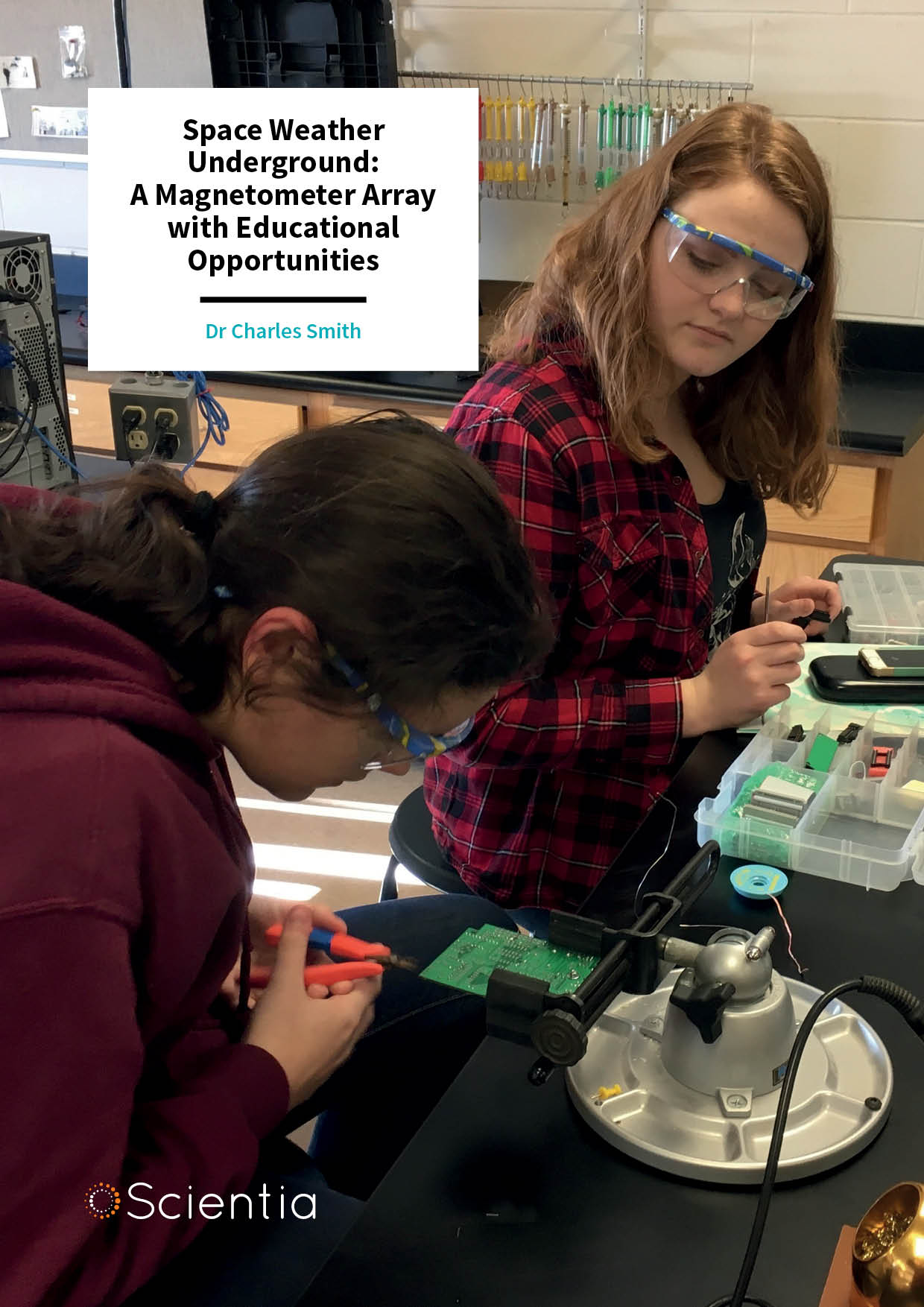
Dr Charles Smith – Space Weather Underground: A Magnetometer Array with Educational Opportunities
The complex processes of Earth’s ionosphere may occur far above the planet’s surface, but when monitored from numerous locations at sufficient distances, they can be measured using inexpensive equipment on the ground. Dr Charles Smith at the University of New Hampshire has assembled an extensive team to do just that, with participants ranging from space scientists with decades of experience, to high school students considering futures in science and engineering. Named Space Weather Underground, the project could soon make extensive data on ionosphere dynamics available to scientists and the public alike.
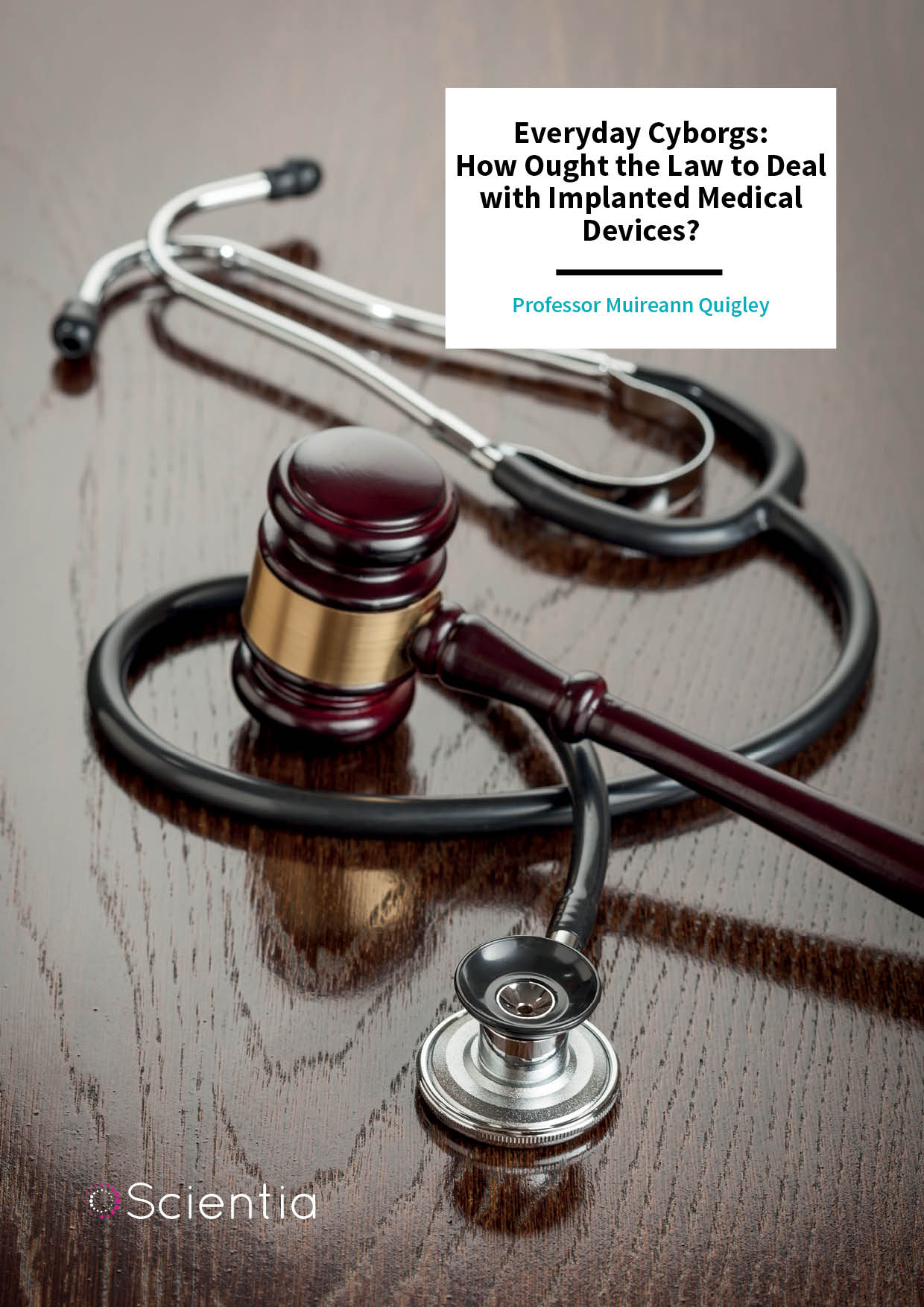
Professor Muireann Quigley – Everyday Cyborgs: How Ought the Law to Deal with Implanted Medical Devices?
Attached and implanted technologies are now part of everyday life for many millions of people. Yet as the capabilities of these devices have advanced rapidly in recent years, lawmakers have struggled to keep pace. Professor Muireann Quigley at the University of Birmingham believes that it is now more critical than ever that the law catches up with the technological and social change wrought by attached and implanted medical devices, especially ‘smart’ ones. Through the Everyday Cyborgs 2.0 and DIY Diabetes projects, she and her colleagues hope to bring law, regulation, and policy regarding these technologies into the 21st century.
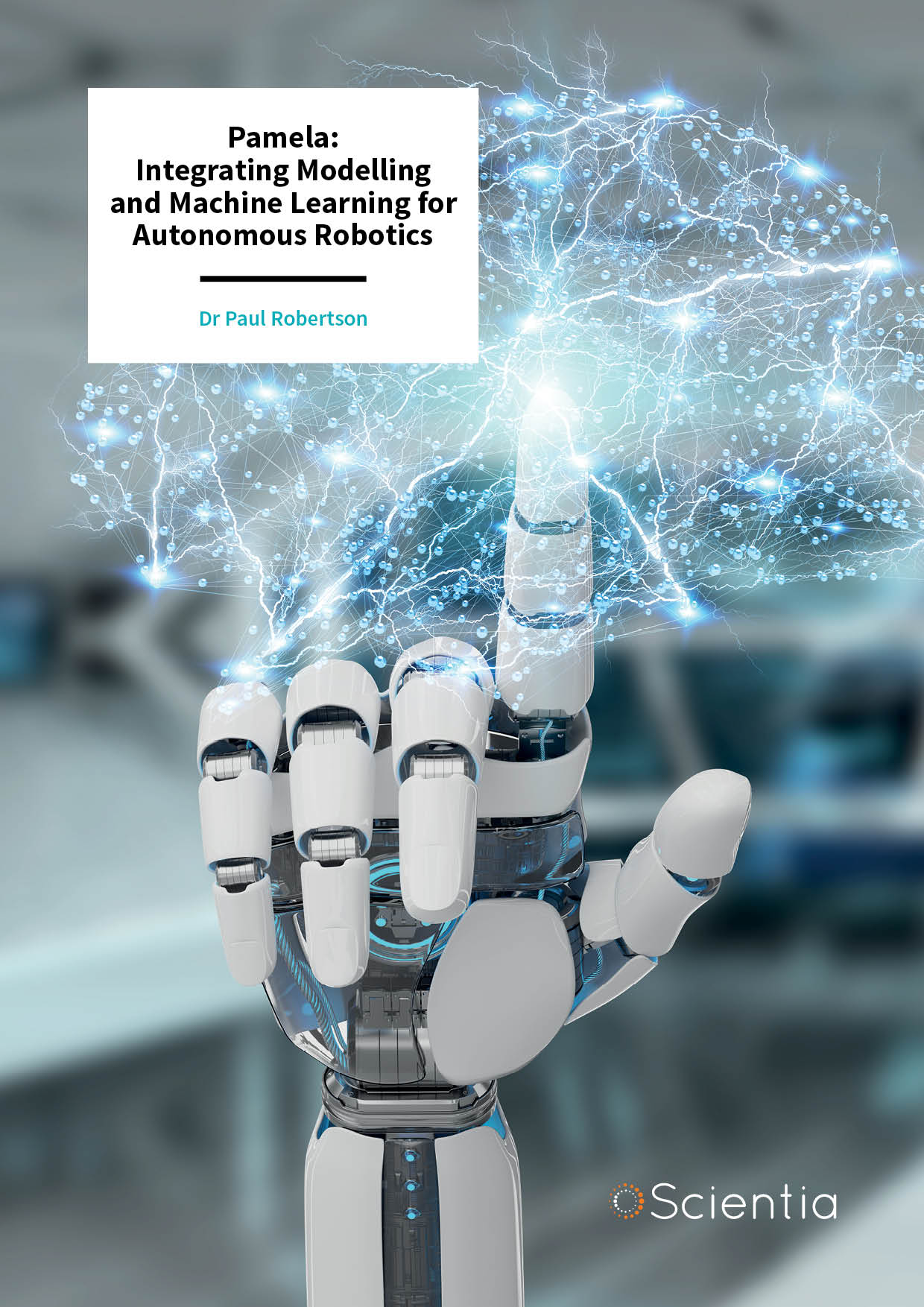
Dr Paul Robertson – Pamela: Integrating Modelling and Machine Learning for Autonomous Robotics
Machine learning is rapidly advancing the decision-making capabilities of today’s computers, yet without an in-depth knowledge of the programming it involves, many engineers and researchers find current technology inaccessible. Dr Paul Robertson at Dynamic Object Language Labs (DOLL) in Massachusetts believes that a solution to the issue may have been hidden in plain sight: machine learning itself. His ideas have now culminated in ‘Pamela’: a universal, open-source language capable of modelling real-world systems, and building plans to overcome challenges. The language and its related tools could soon open up significant opportunities in the emerging field of artificial intelligence.
